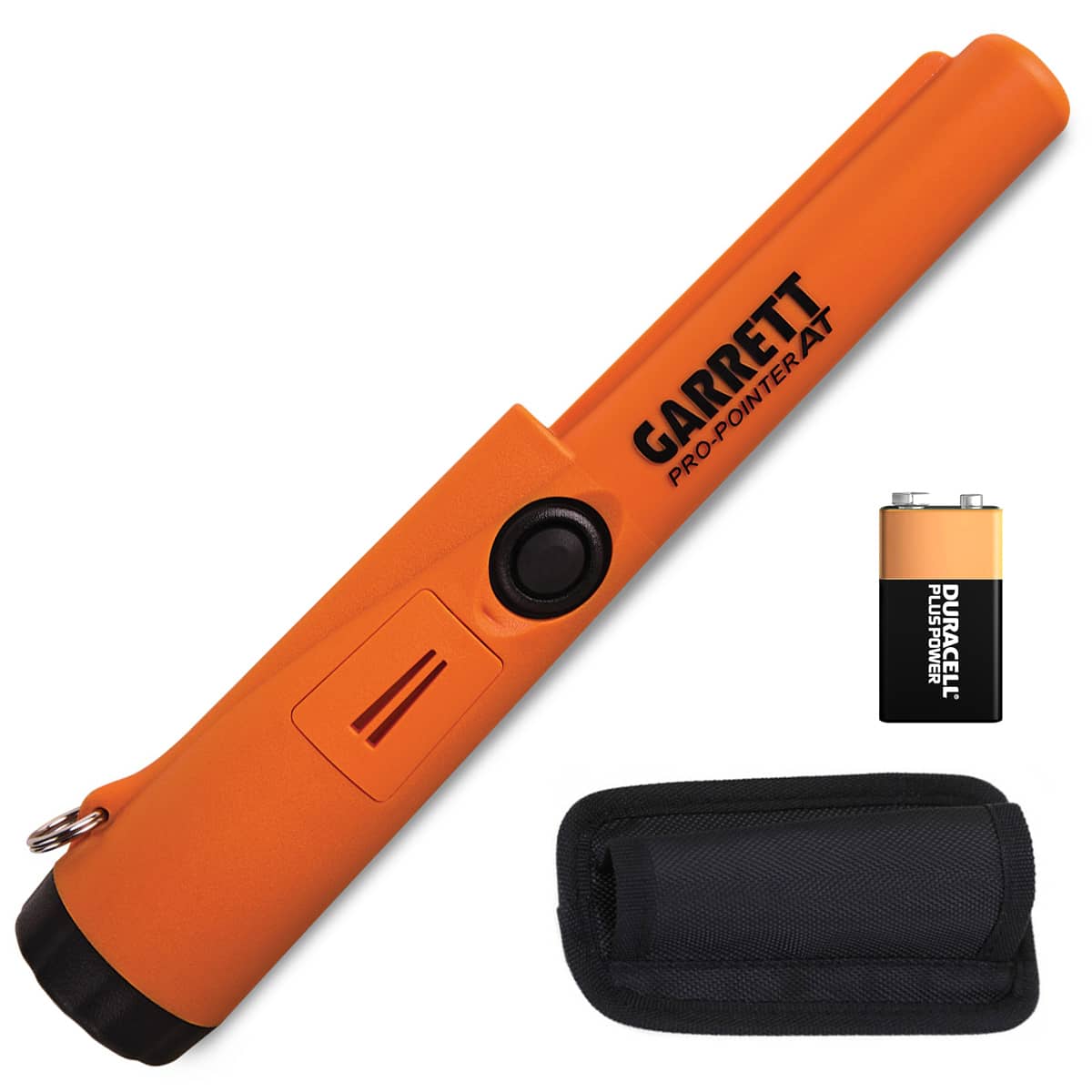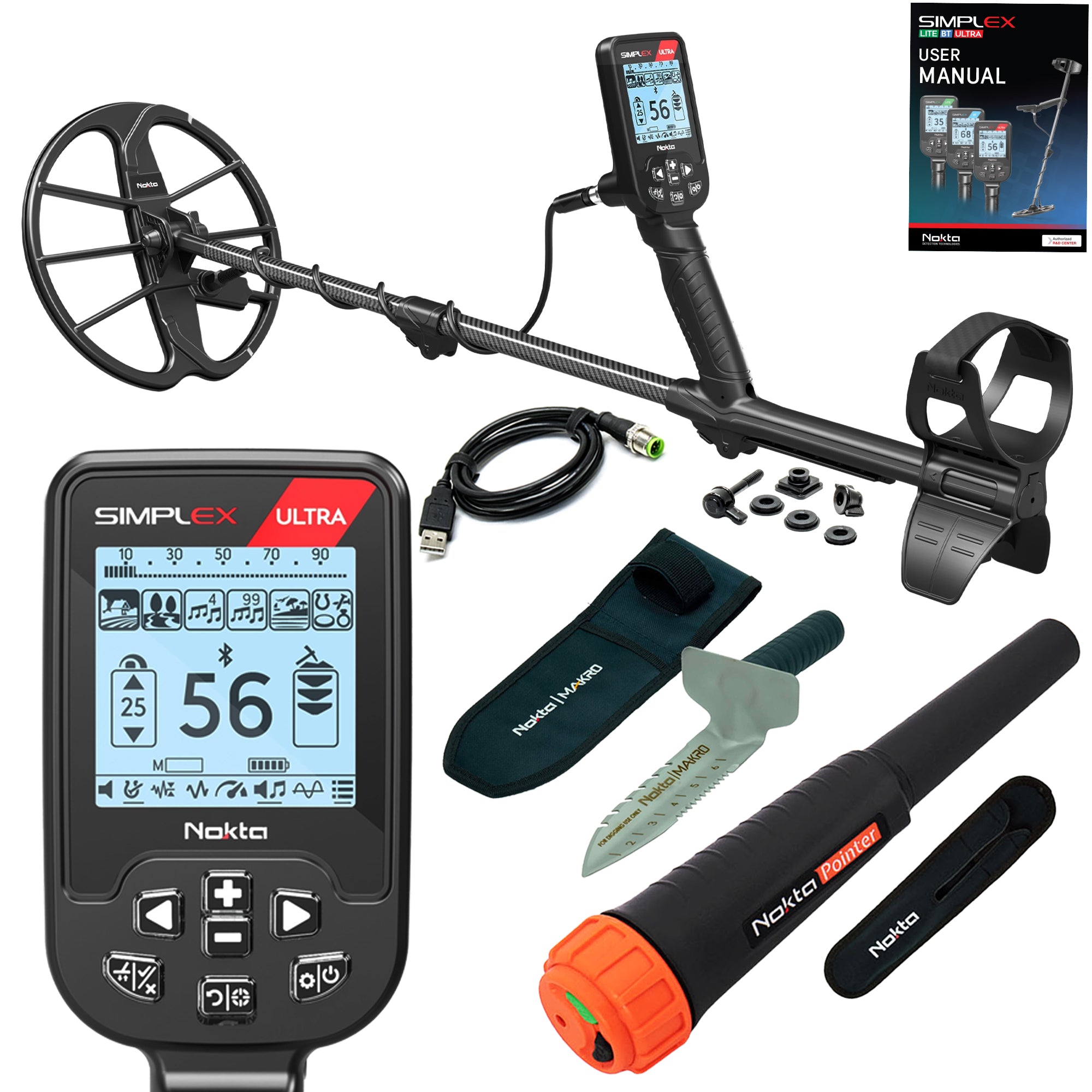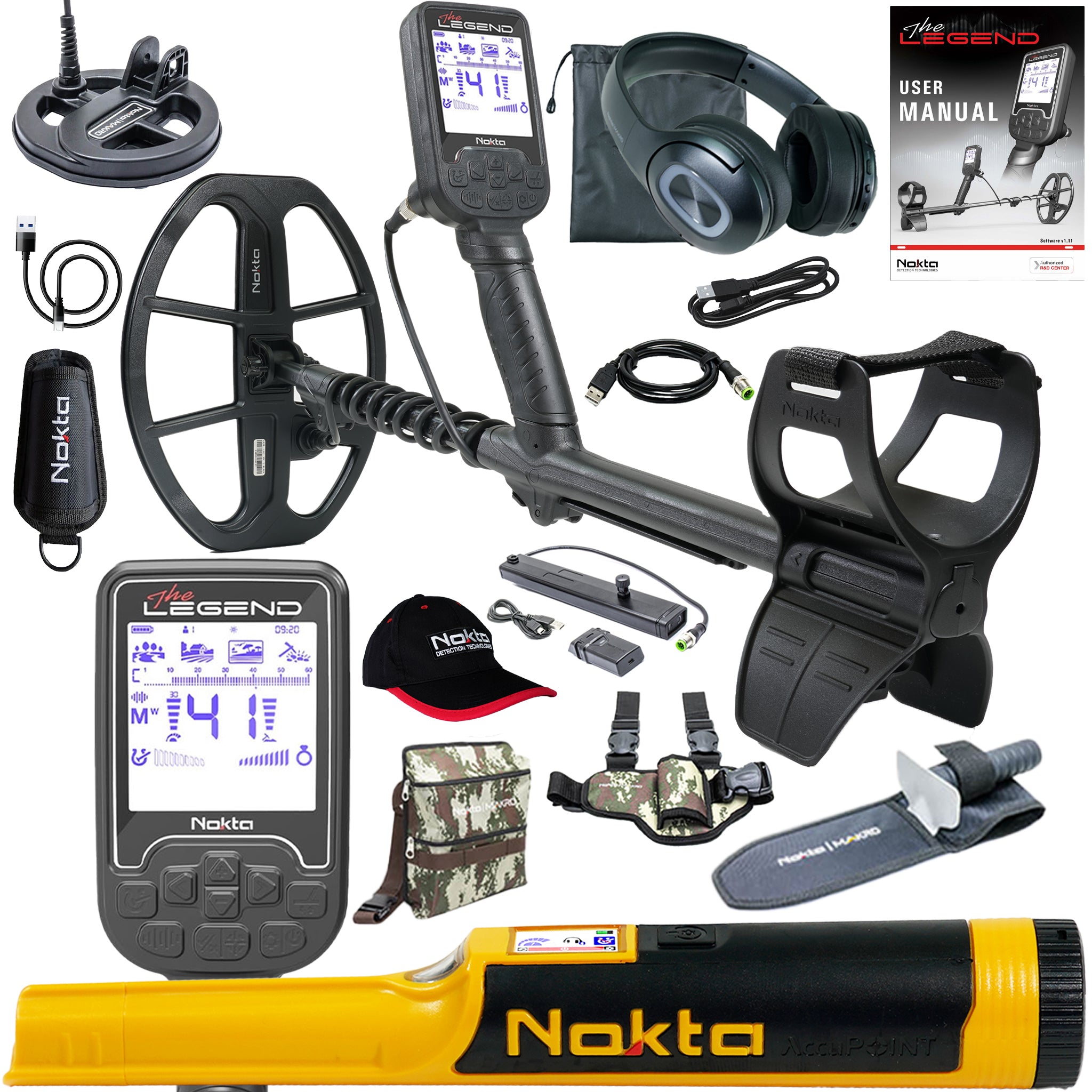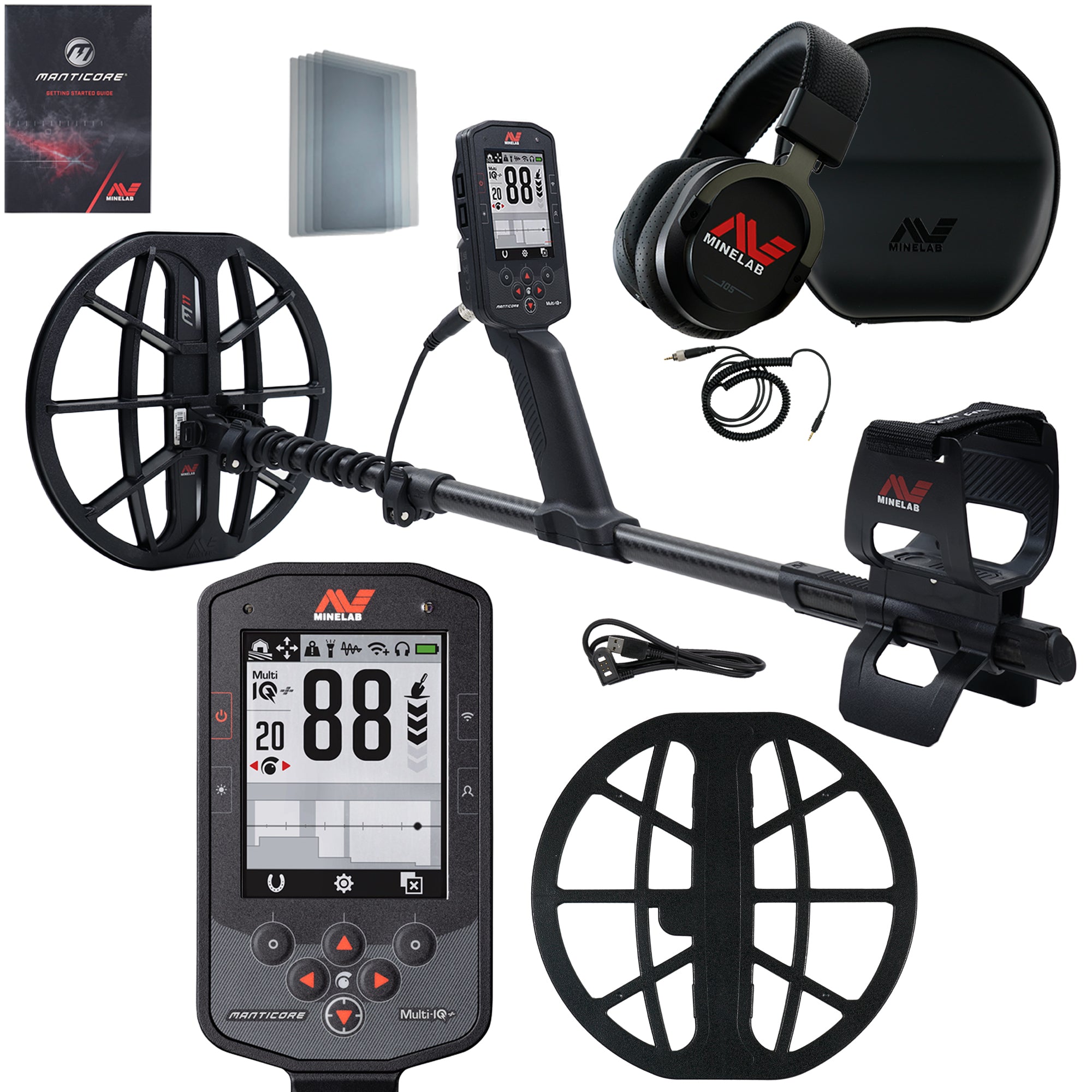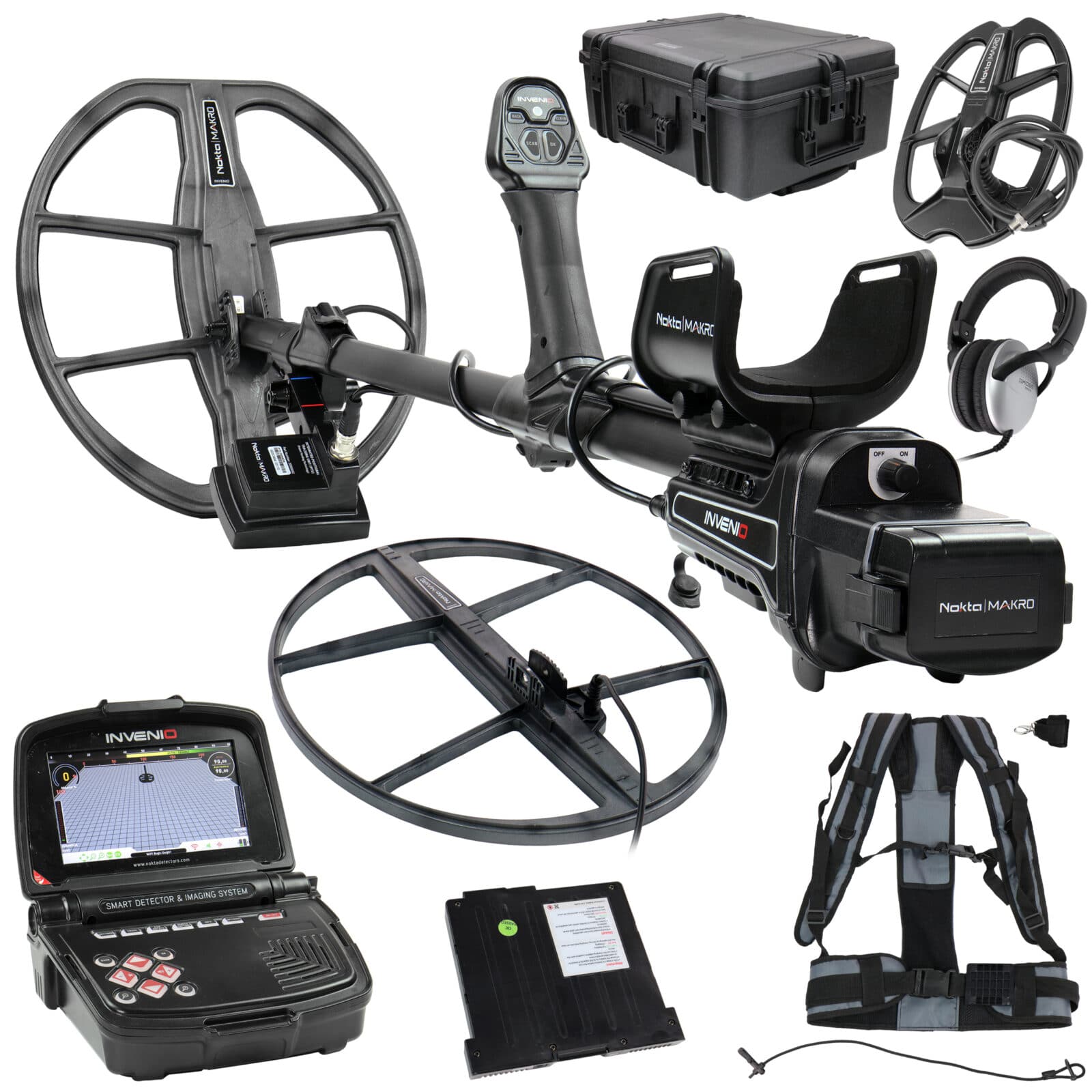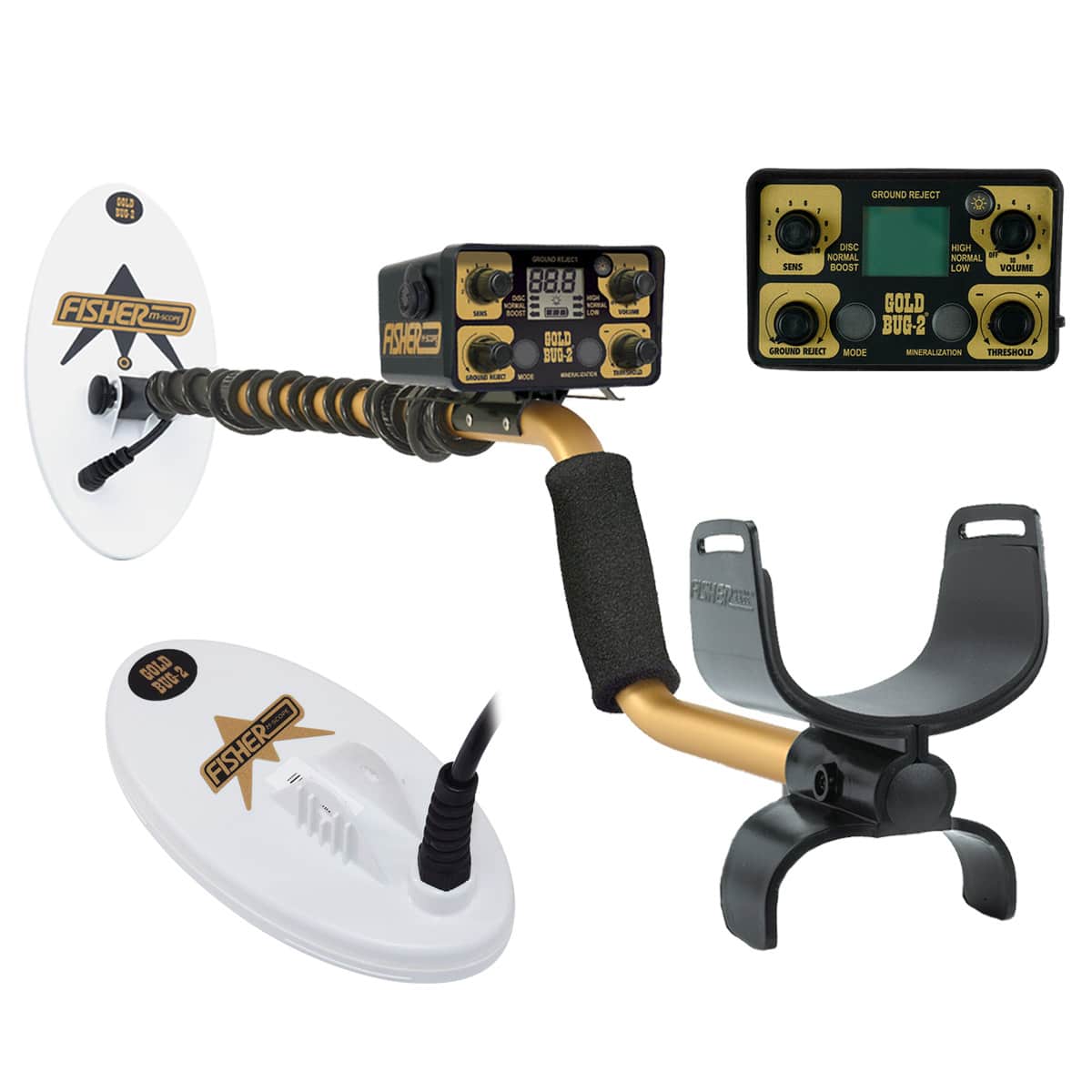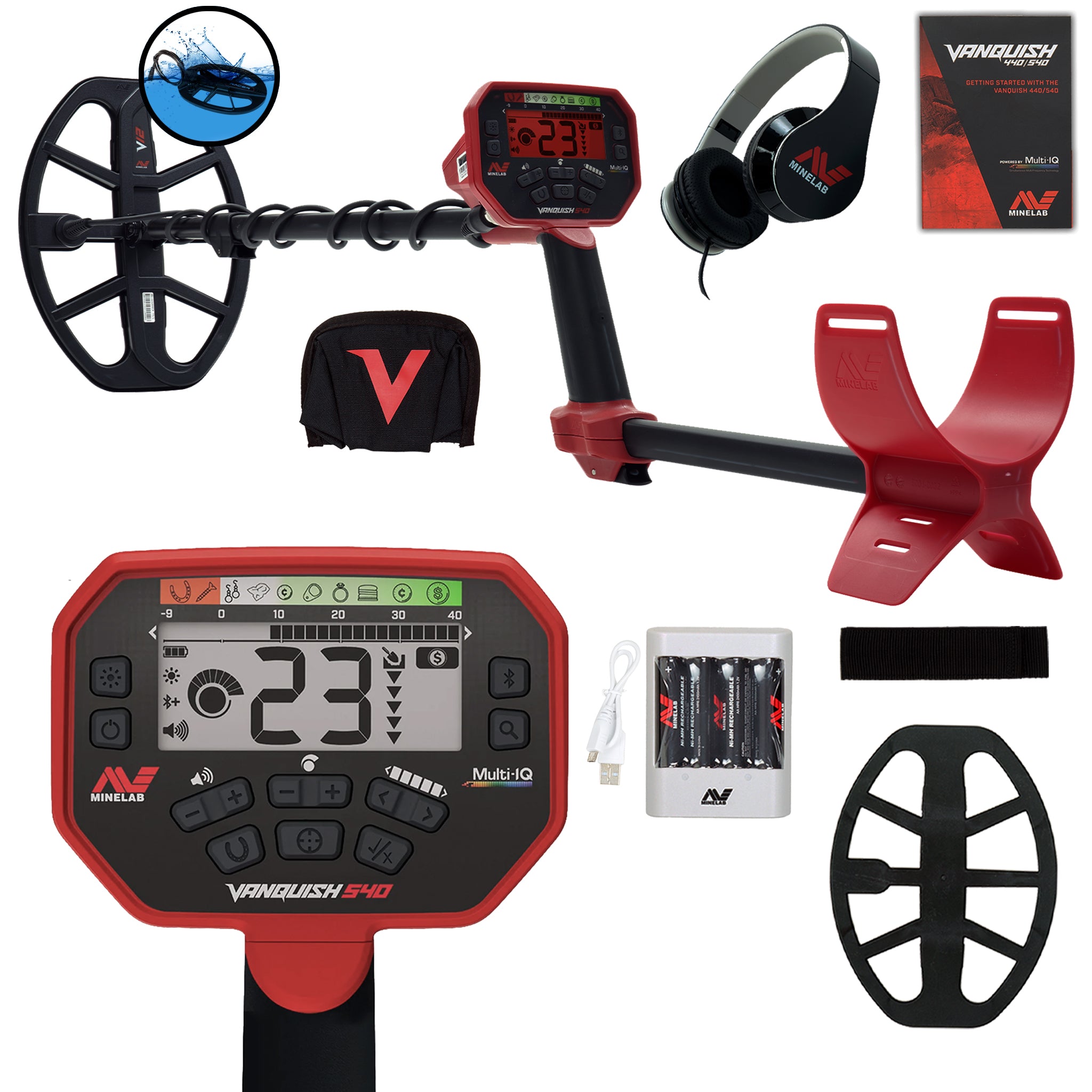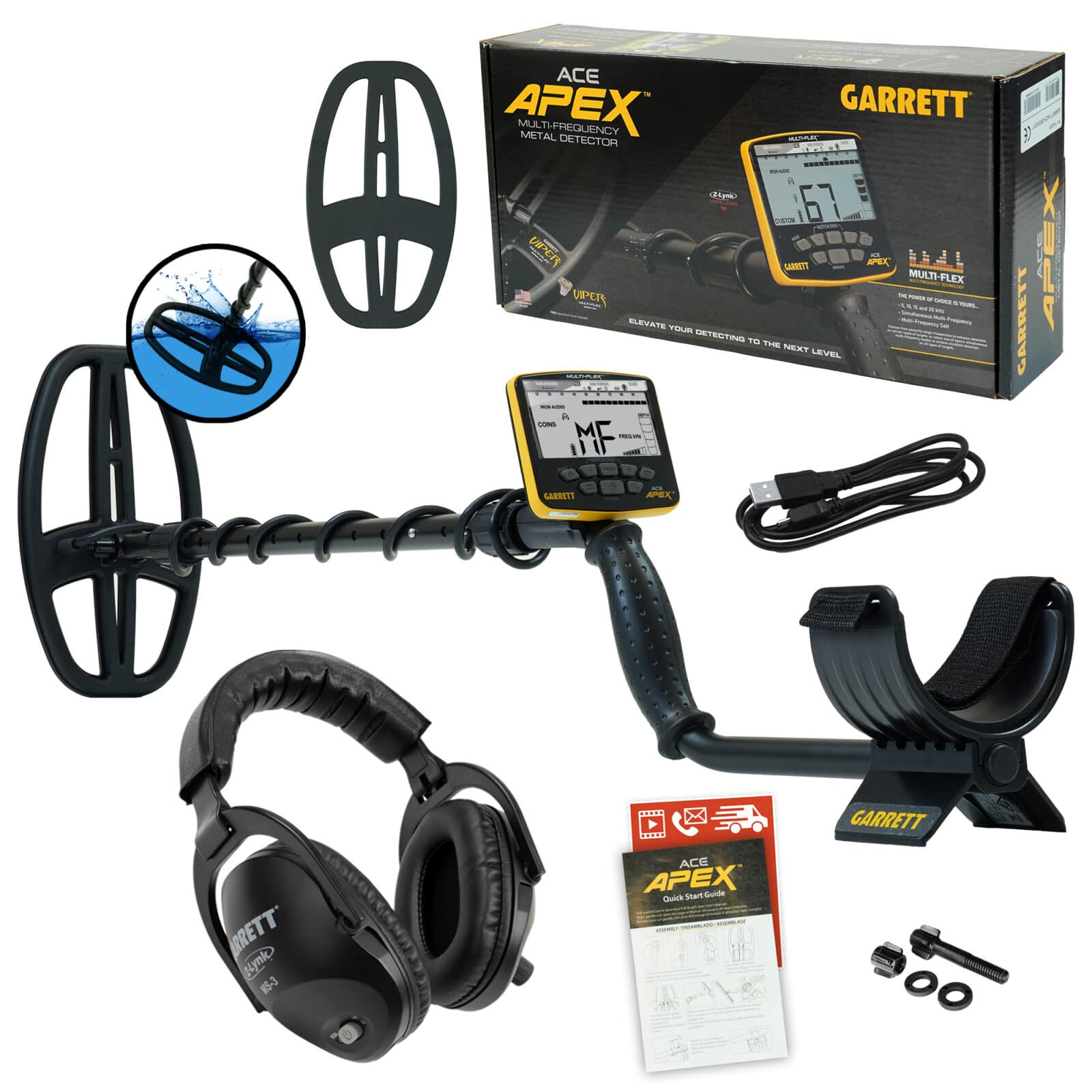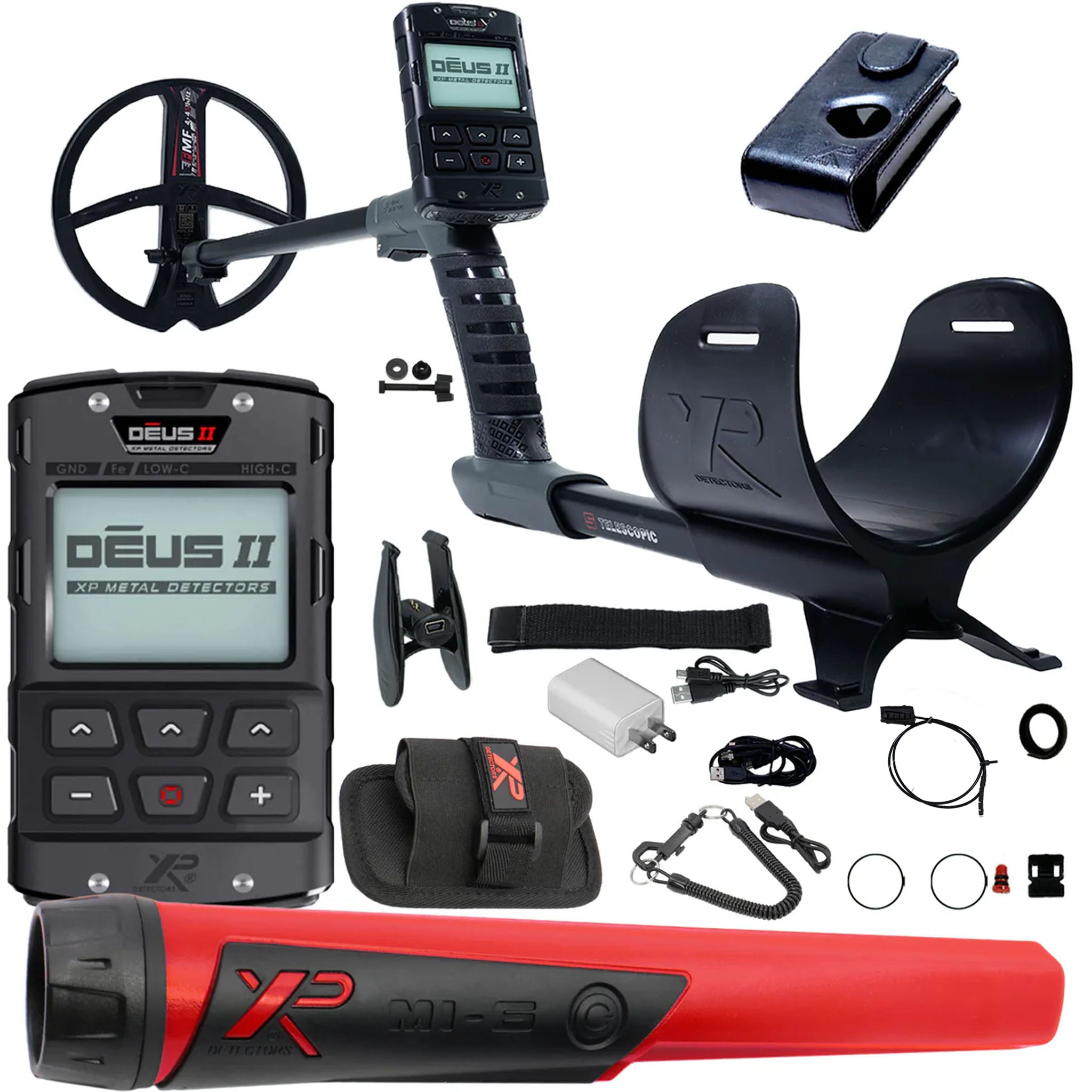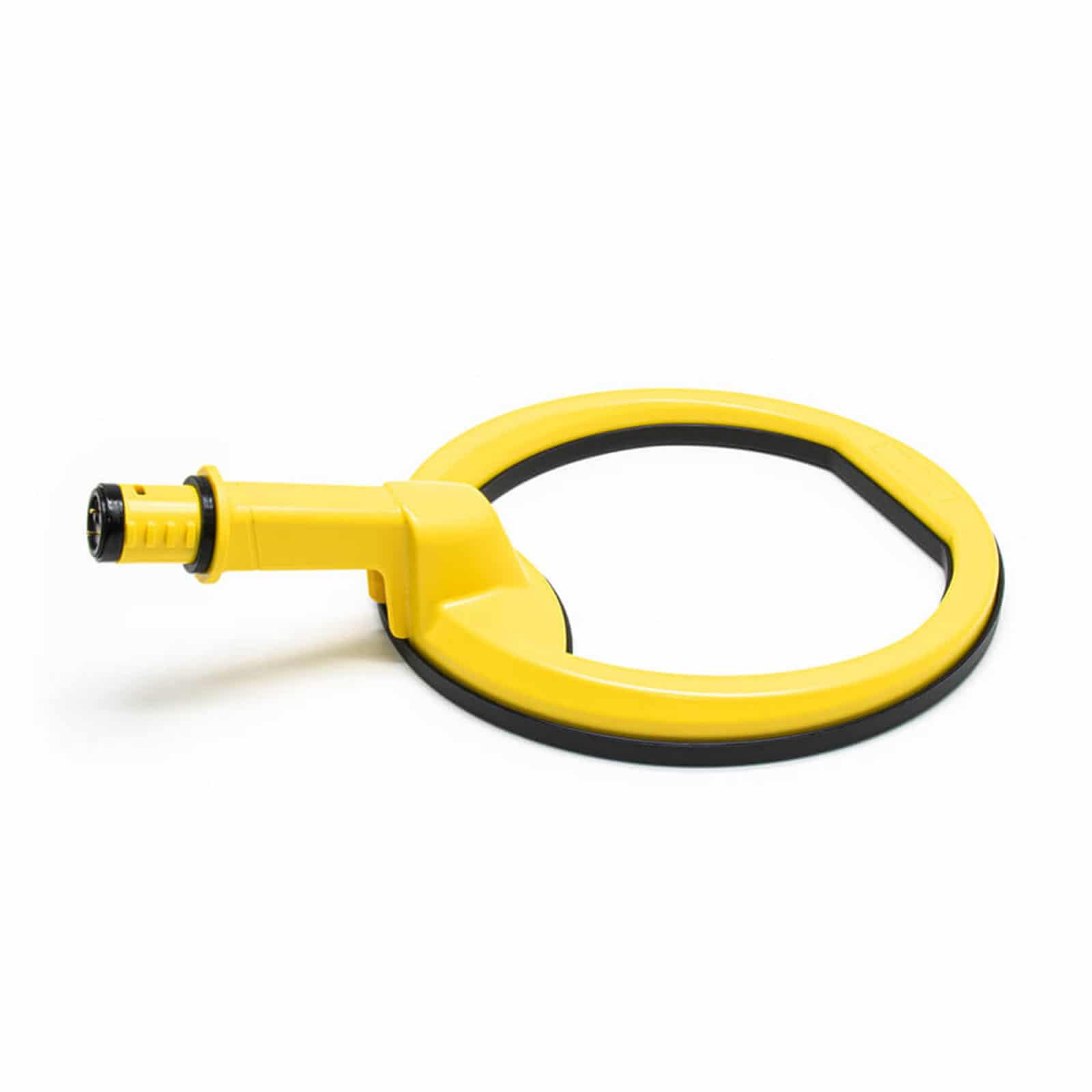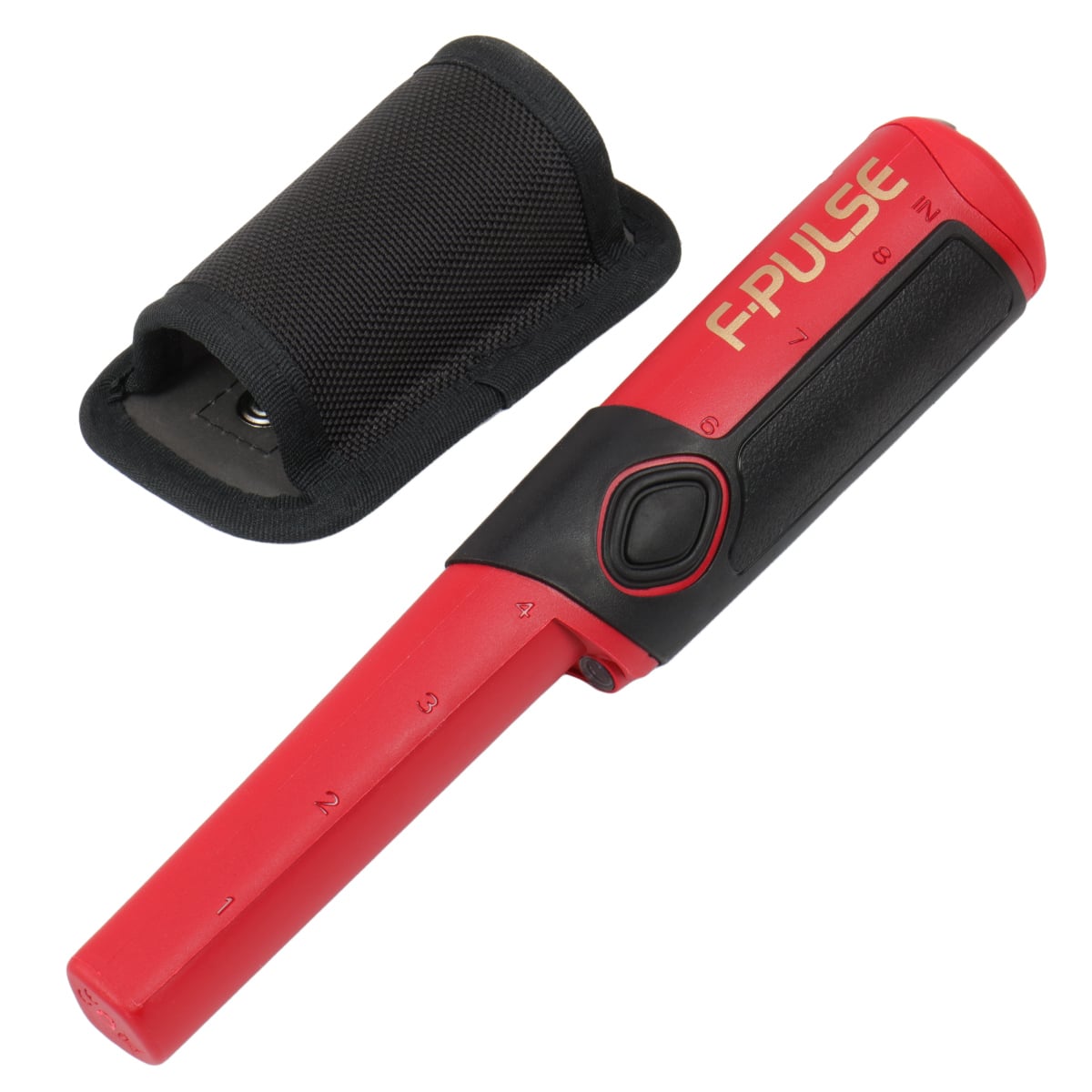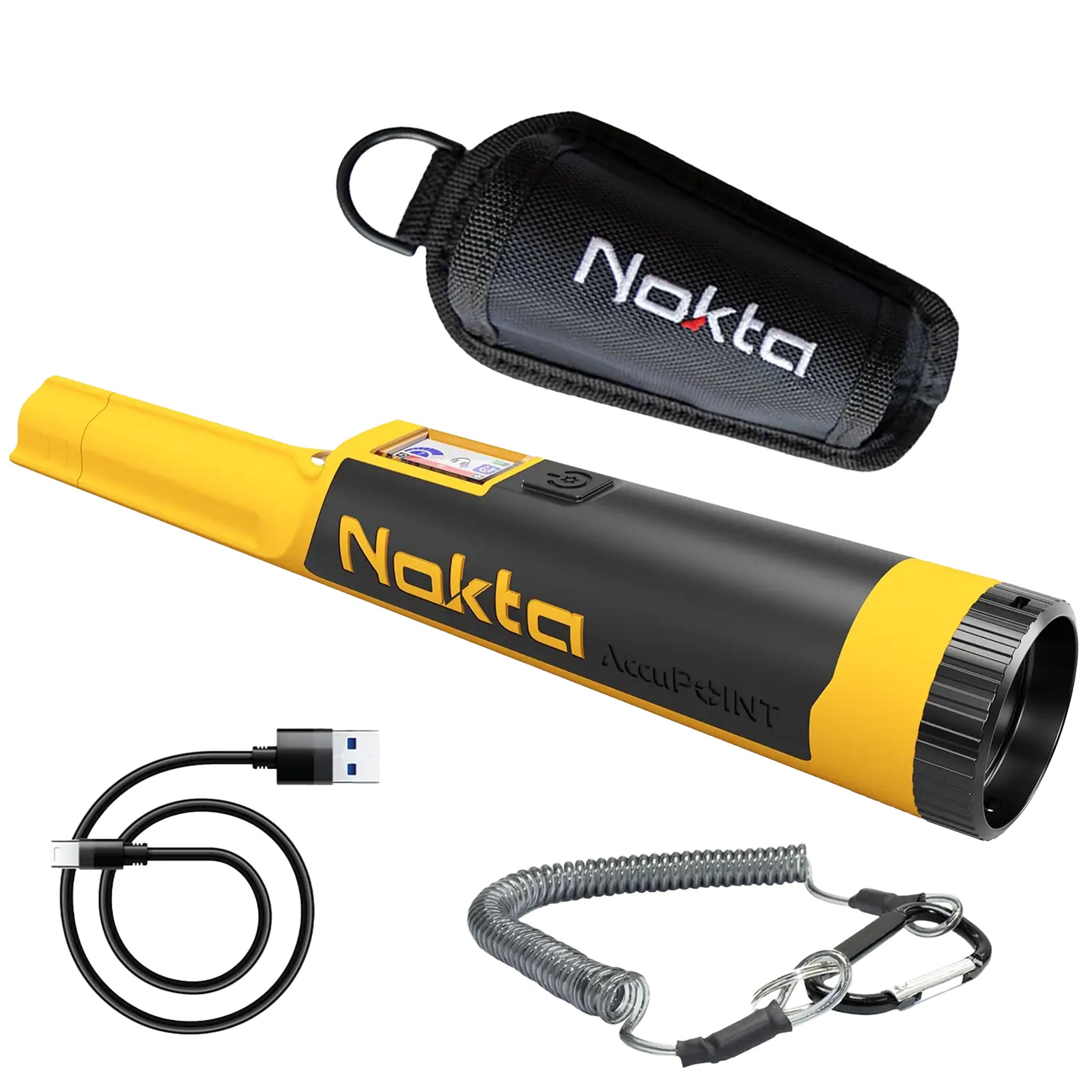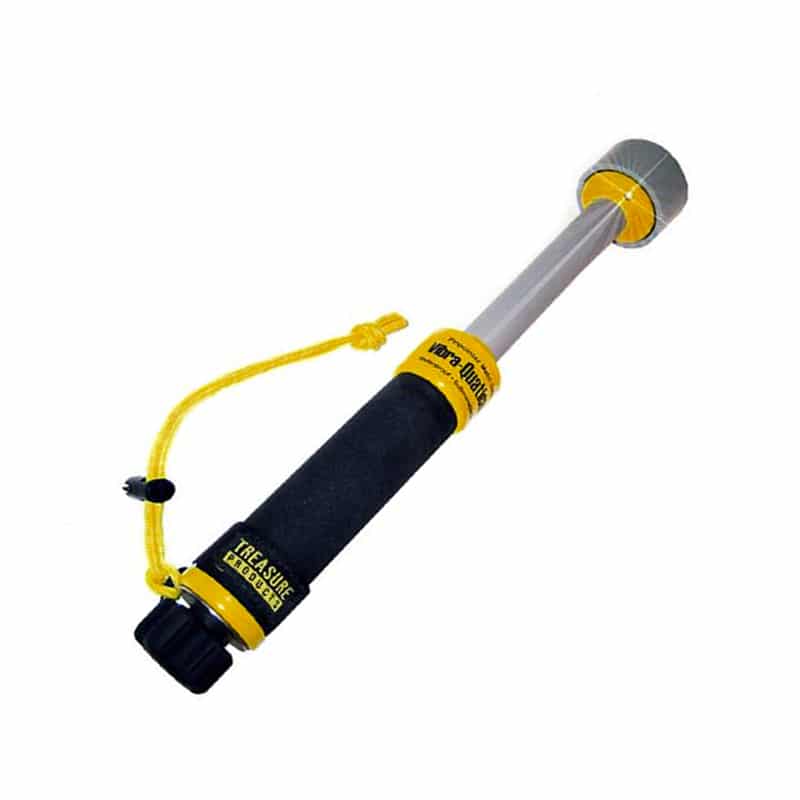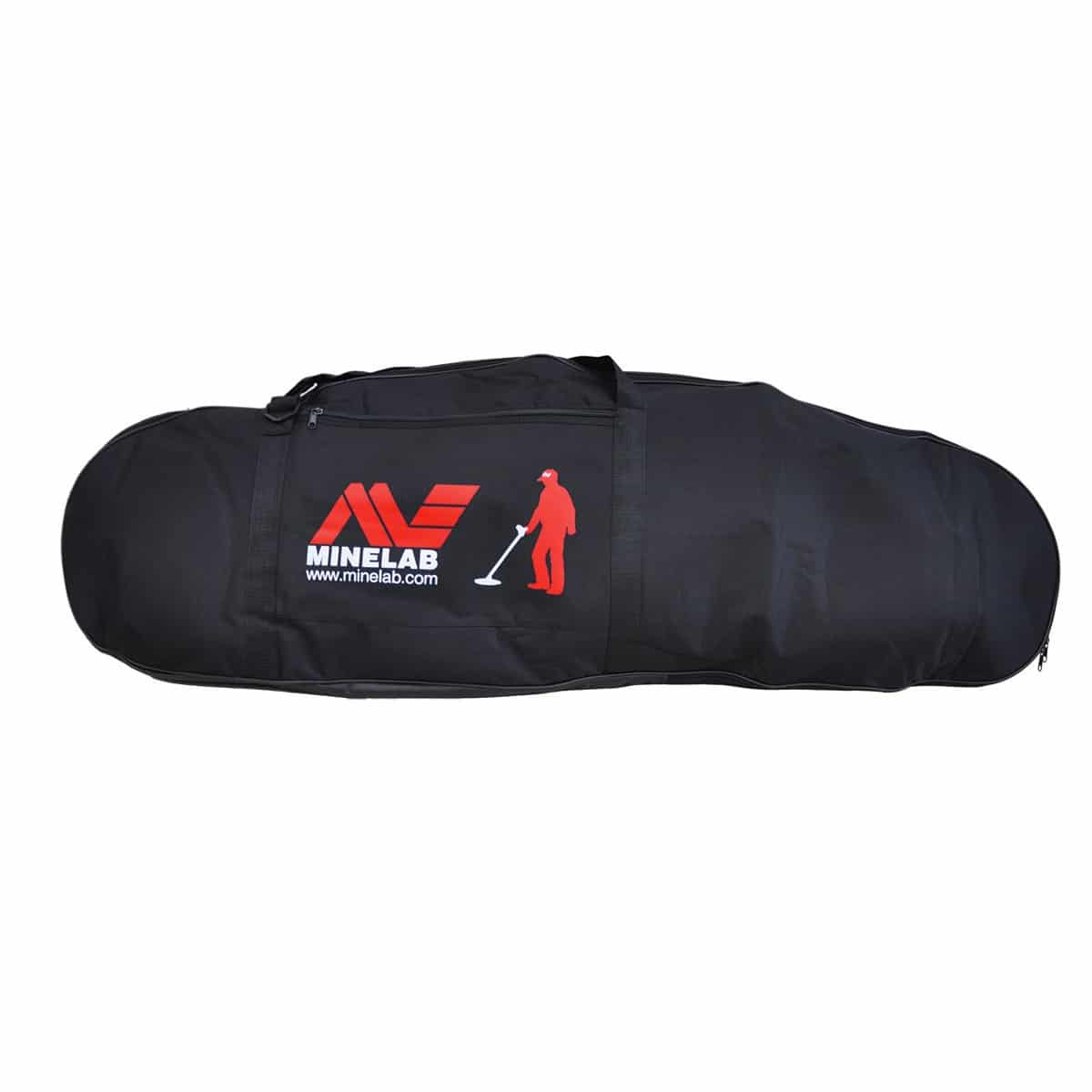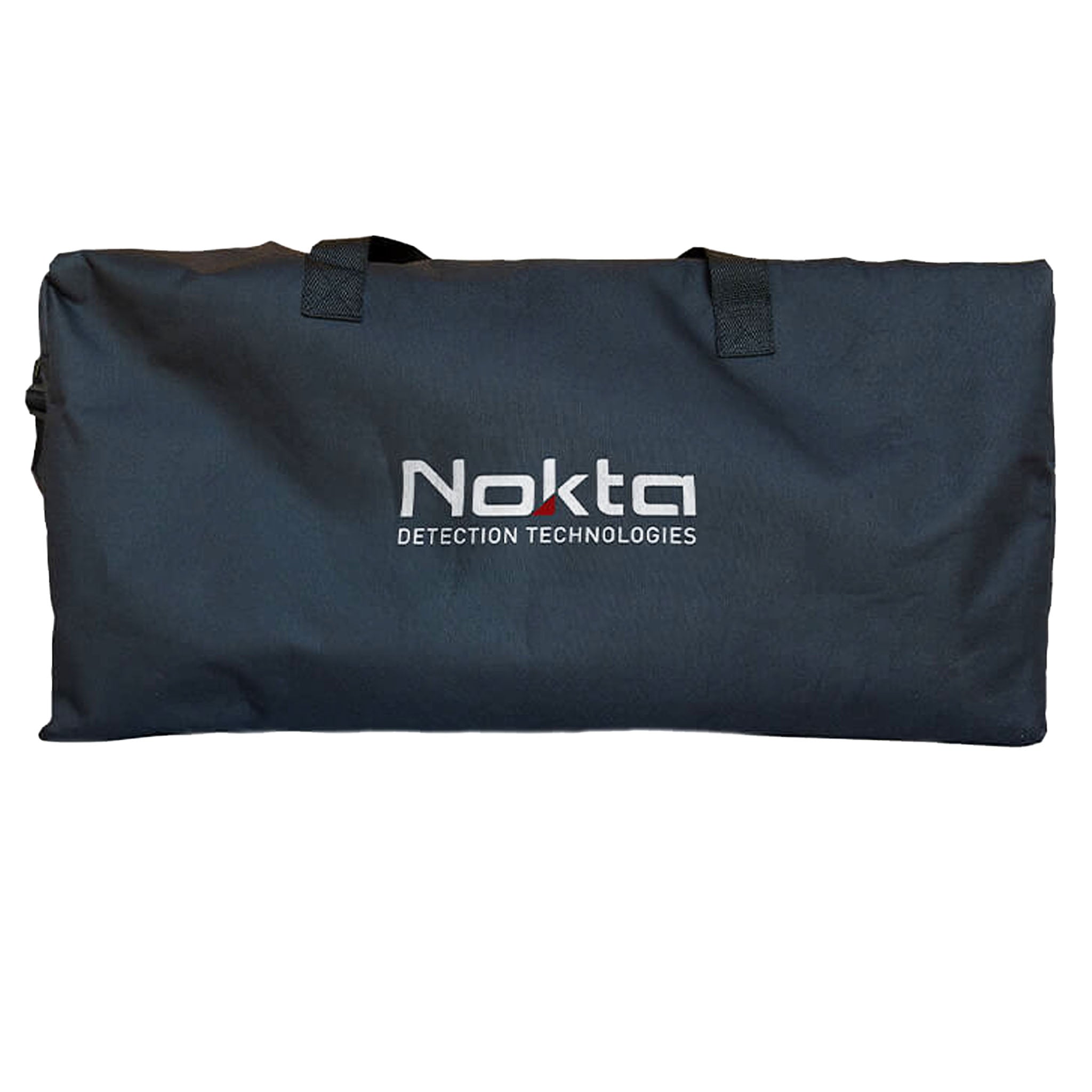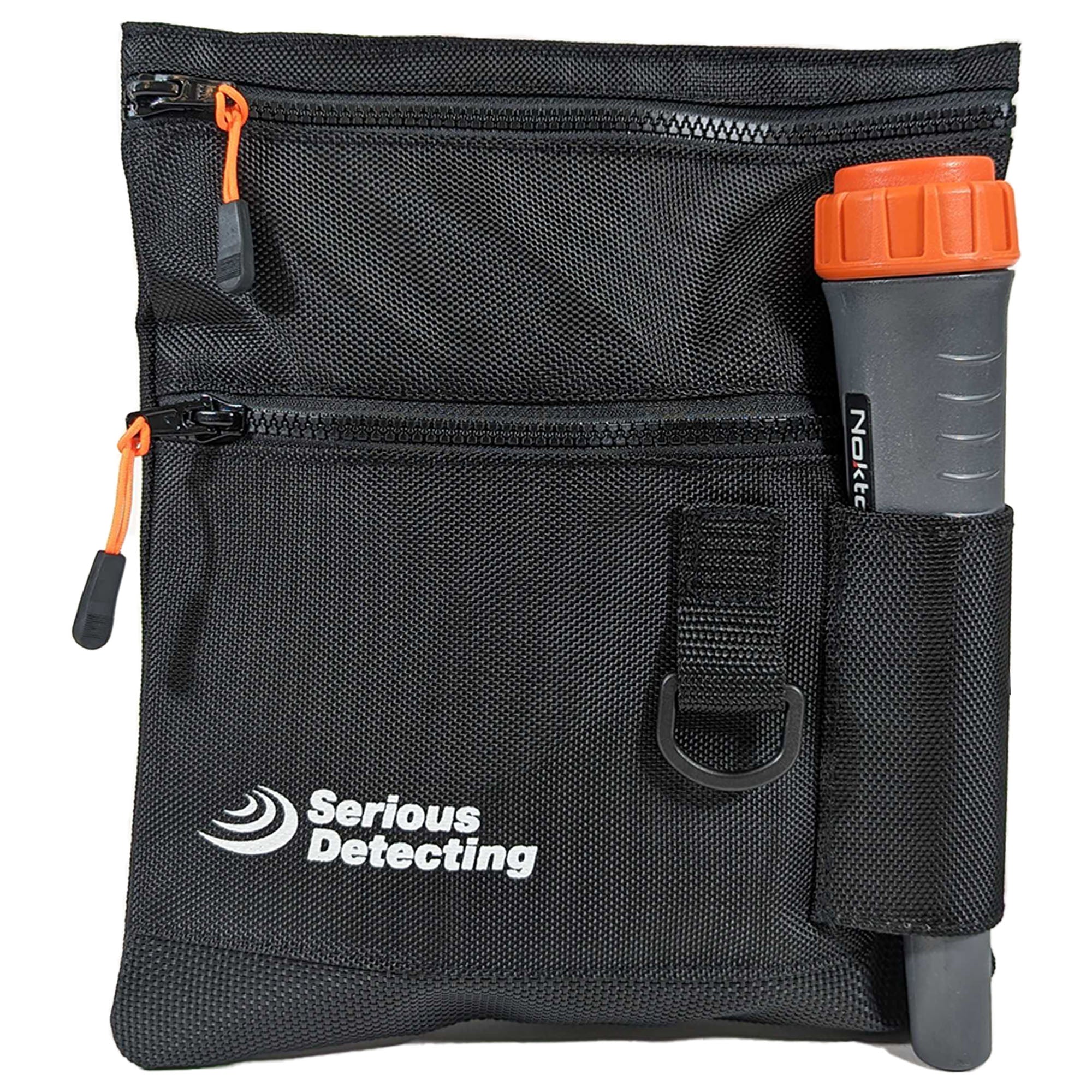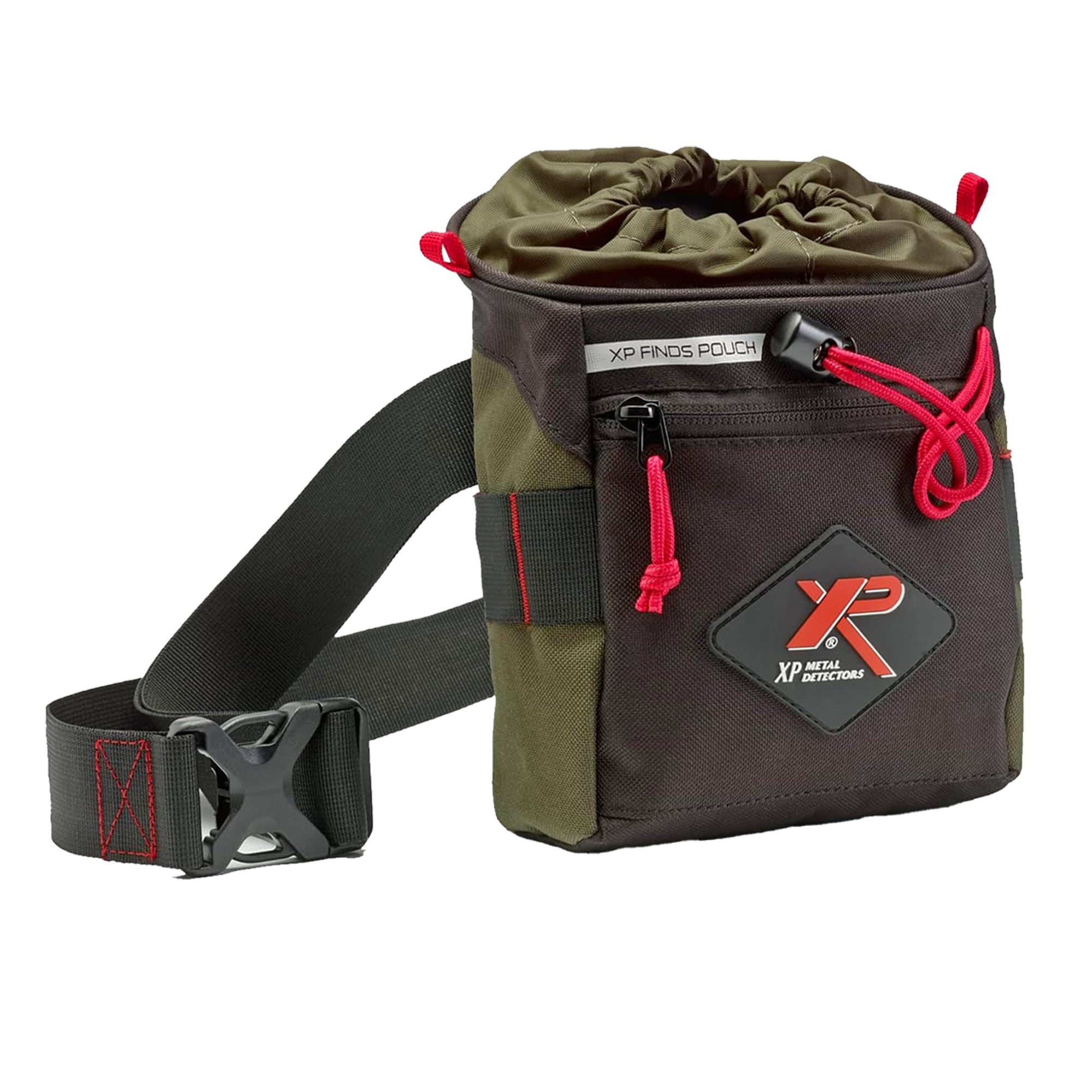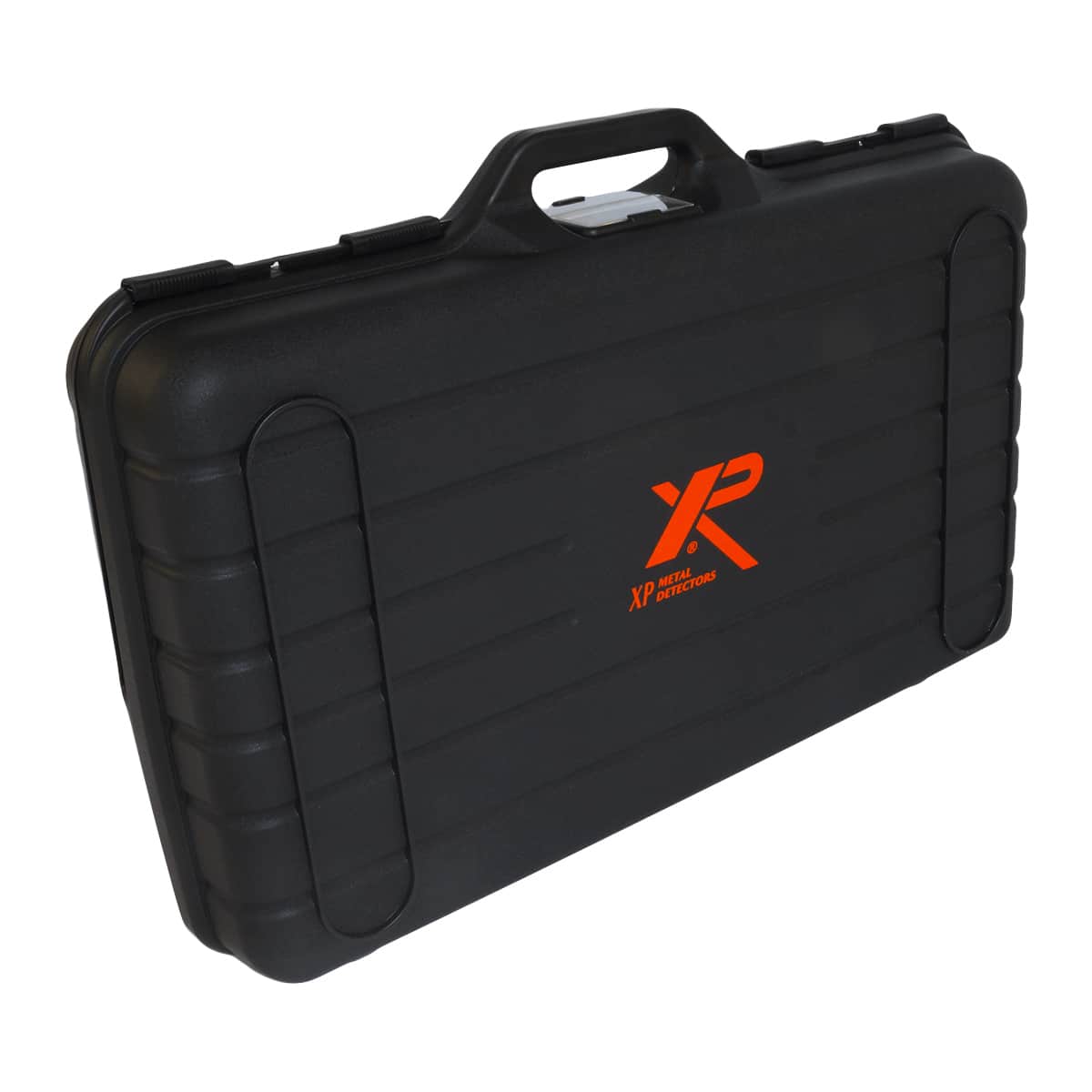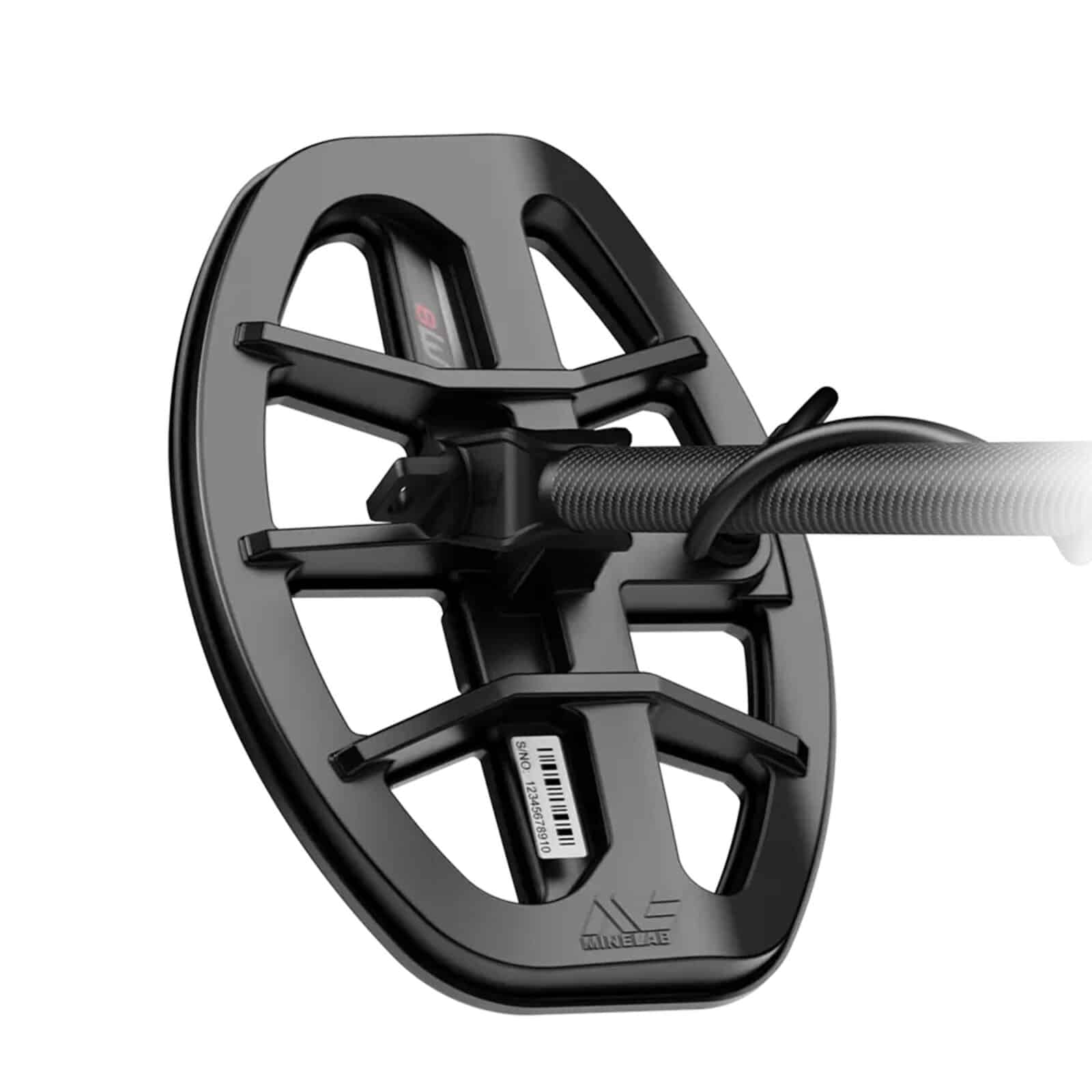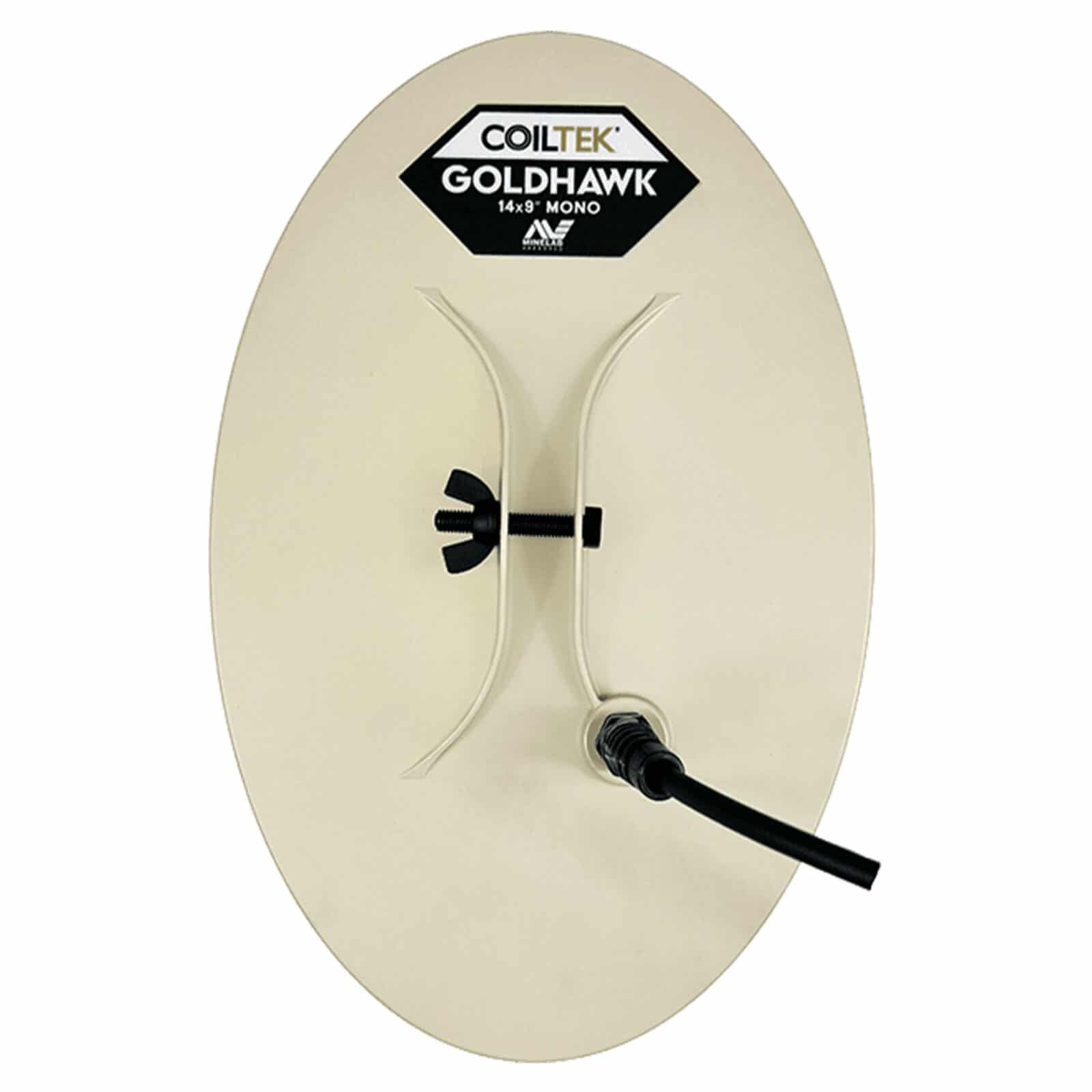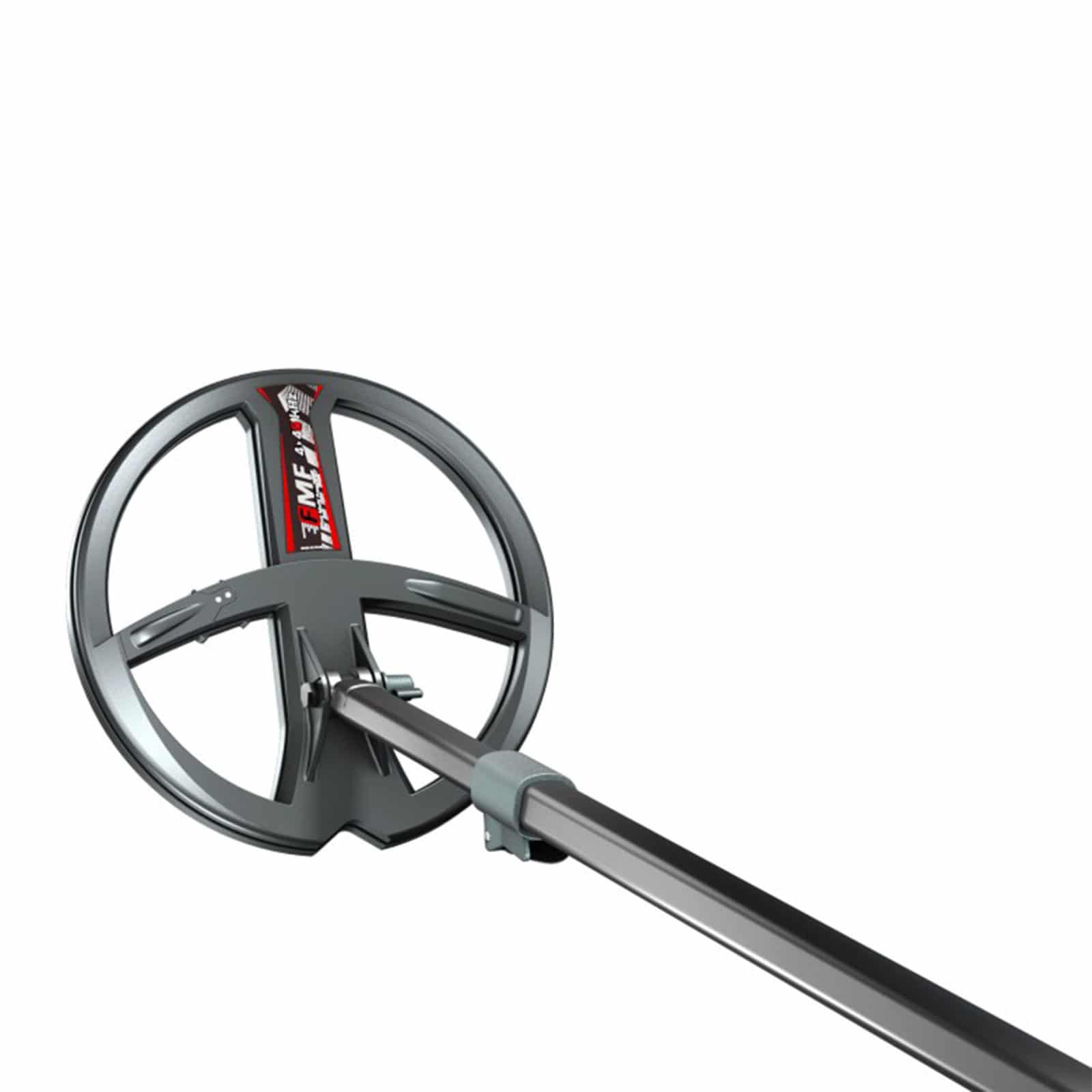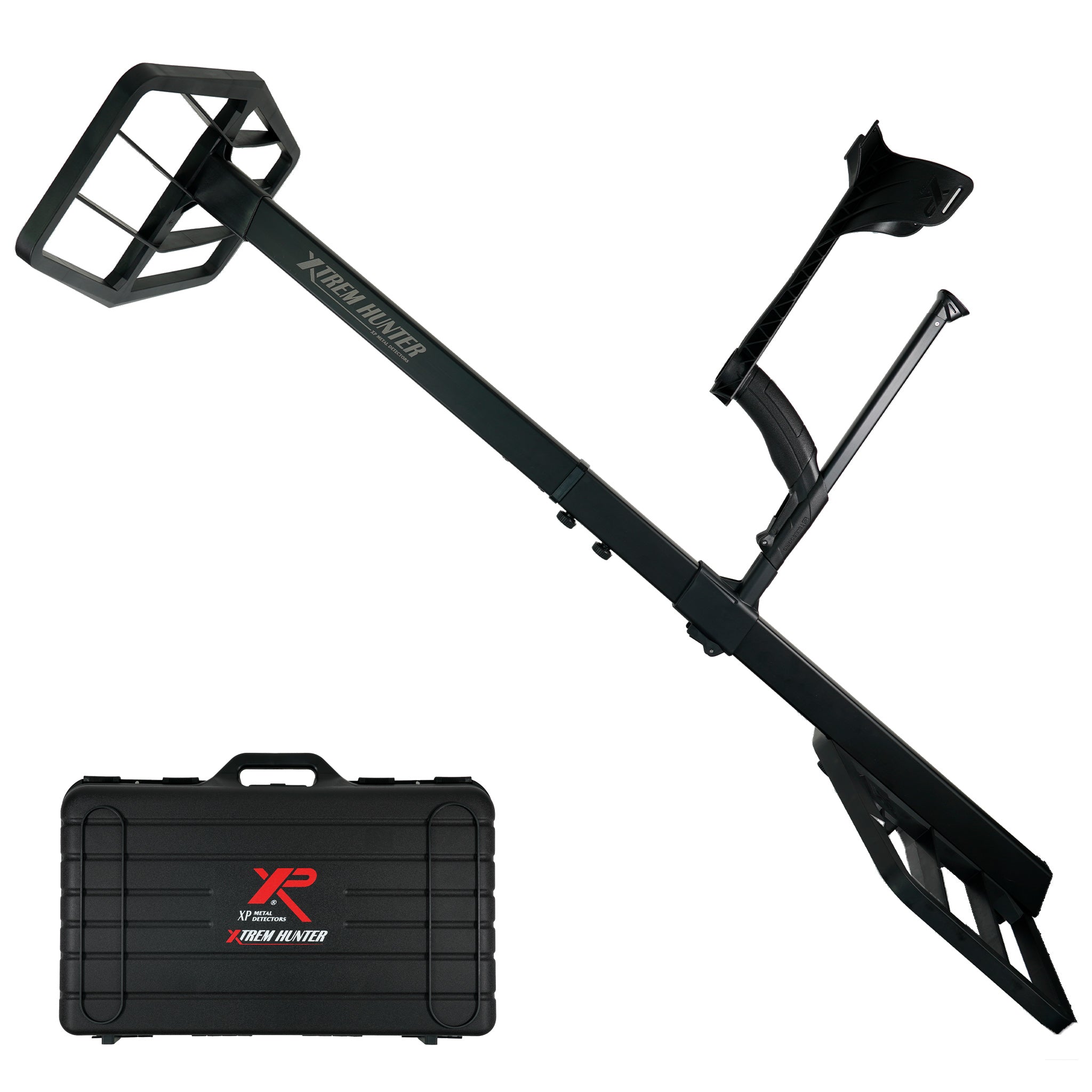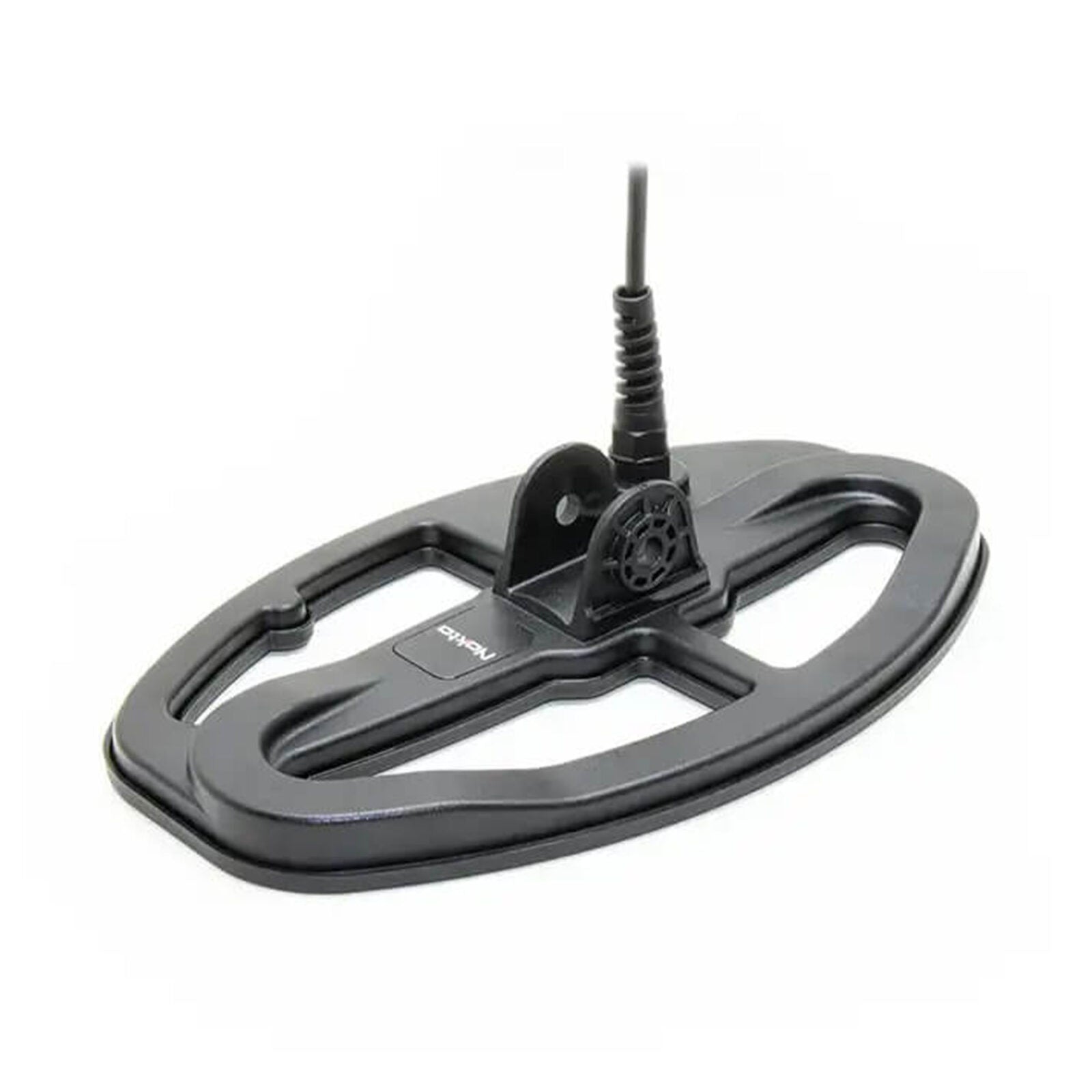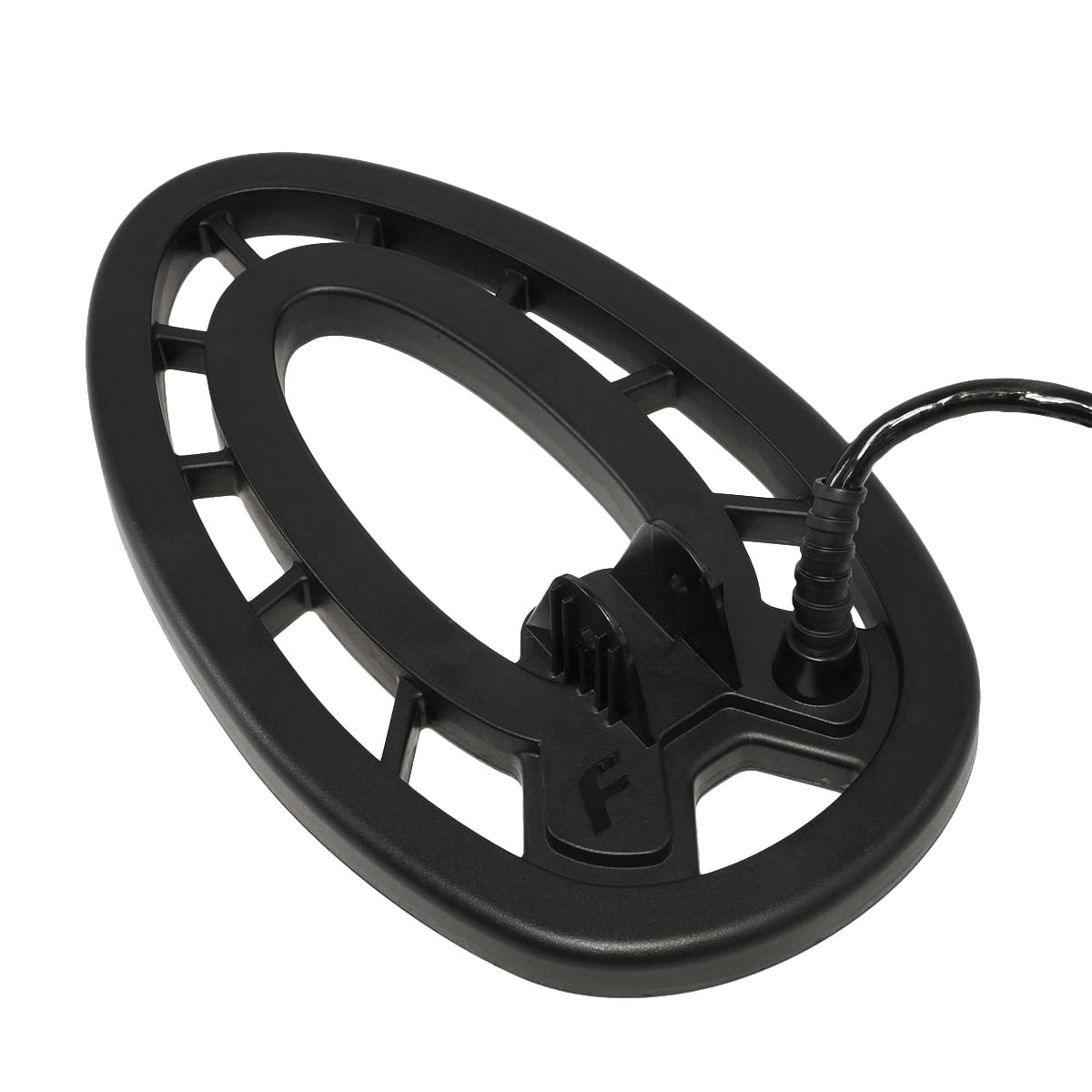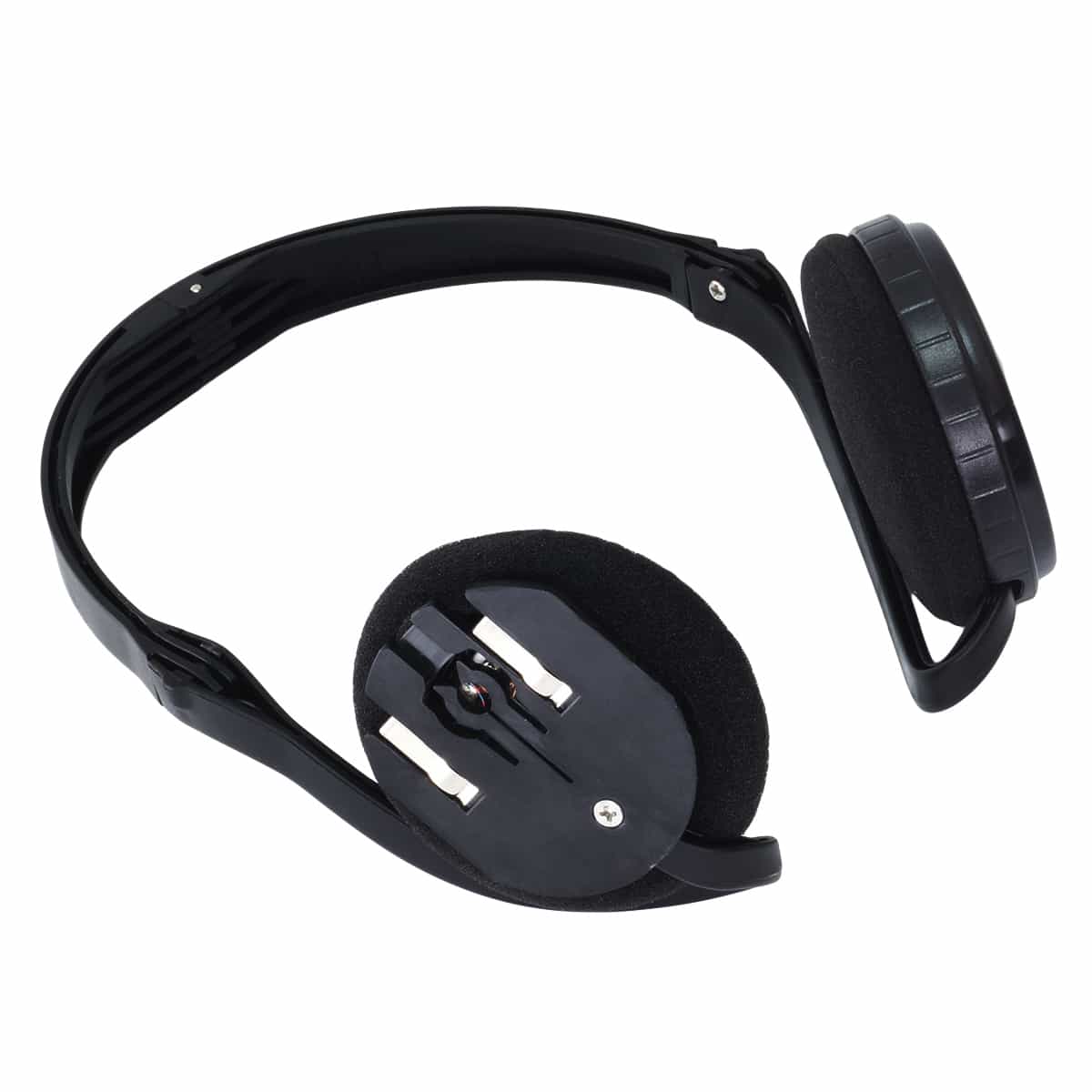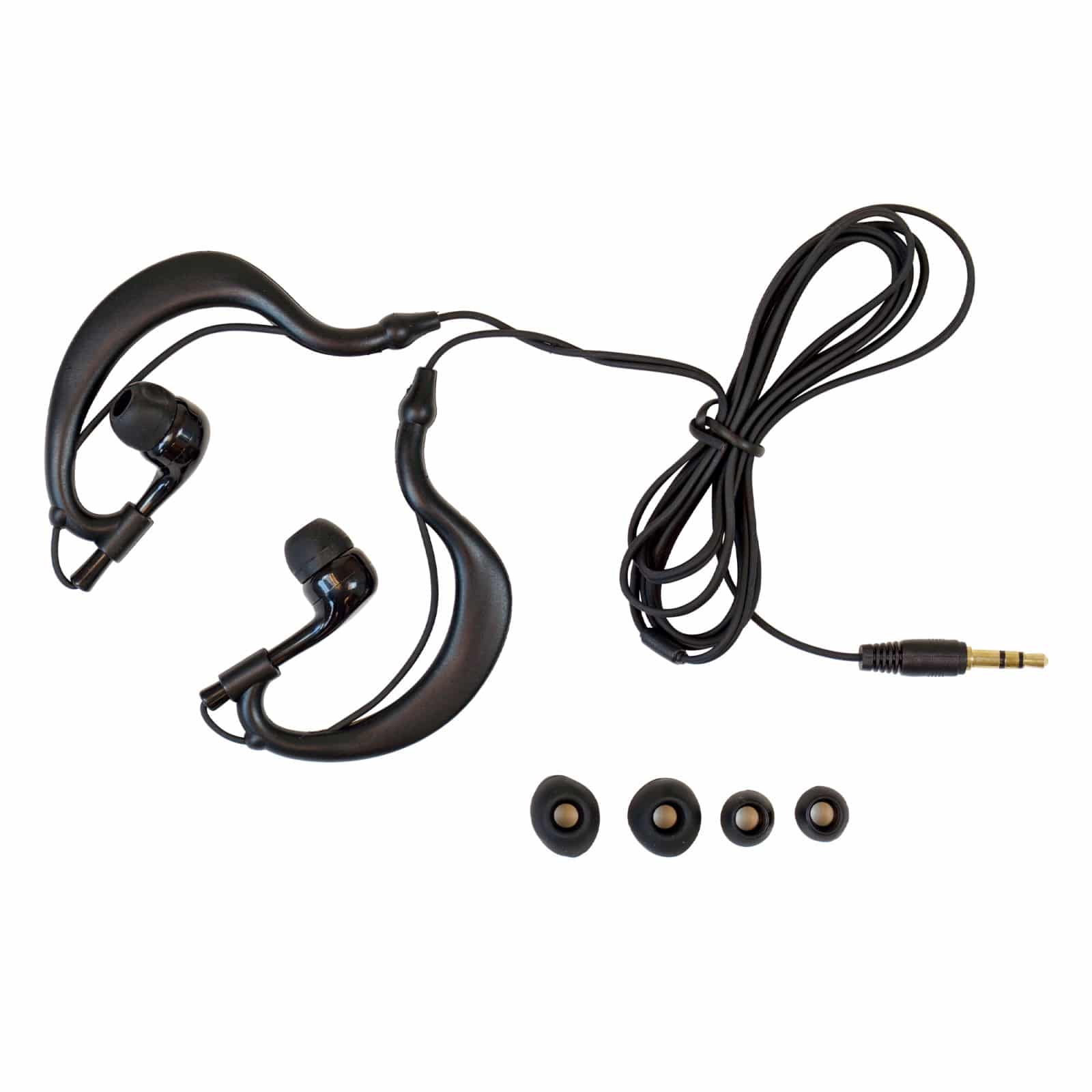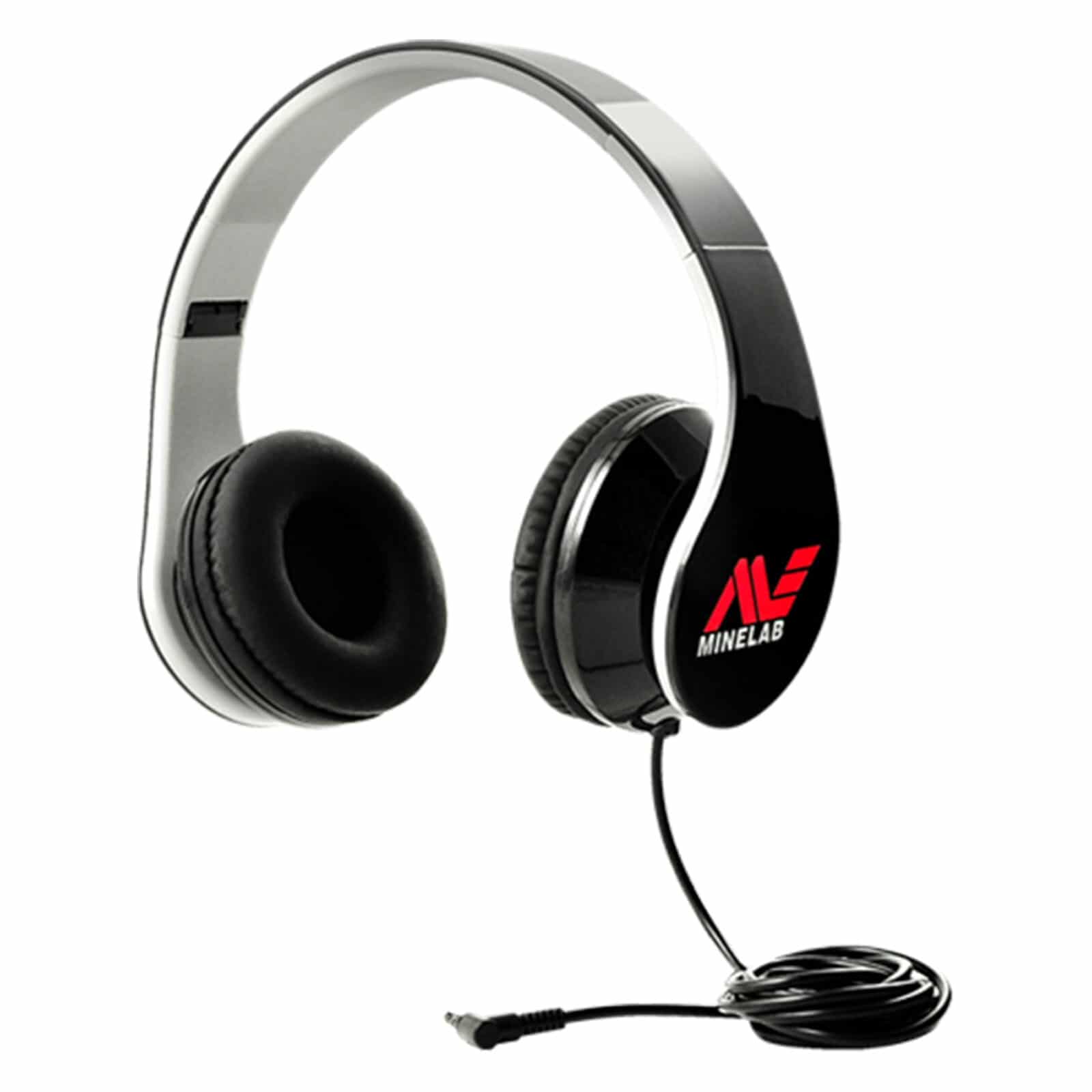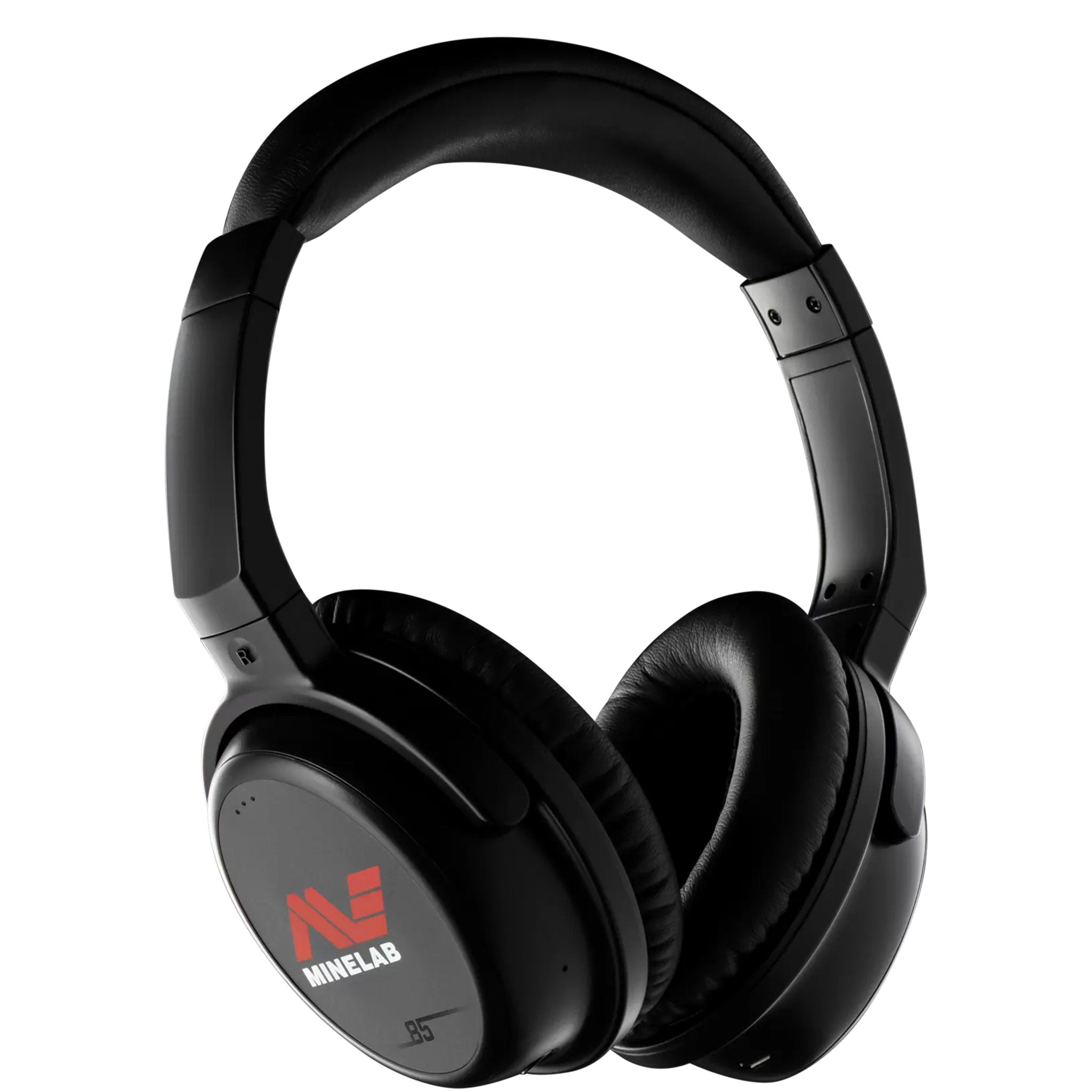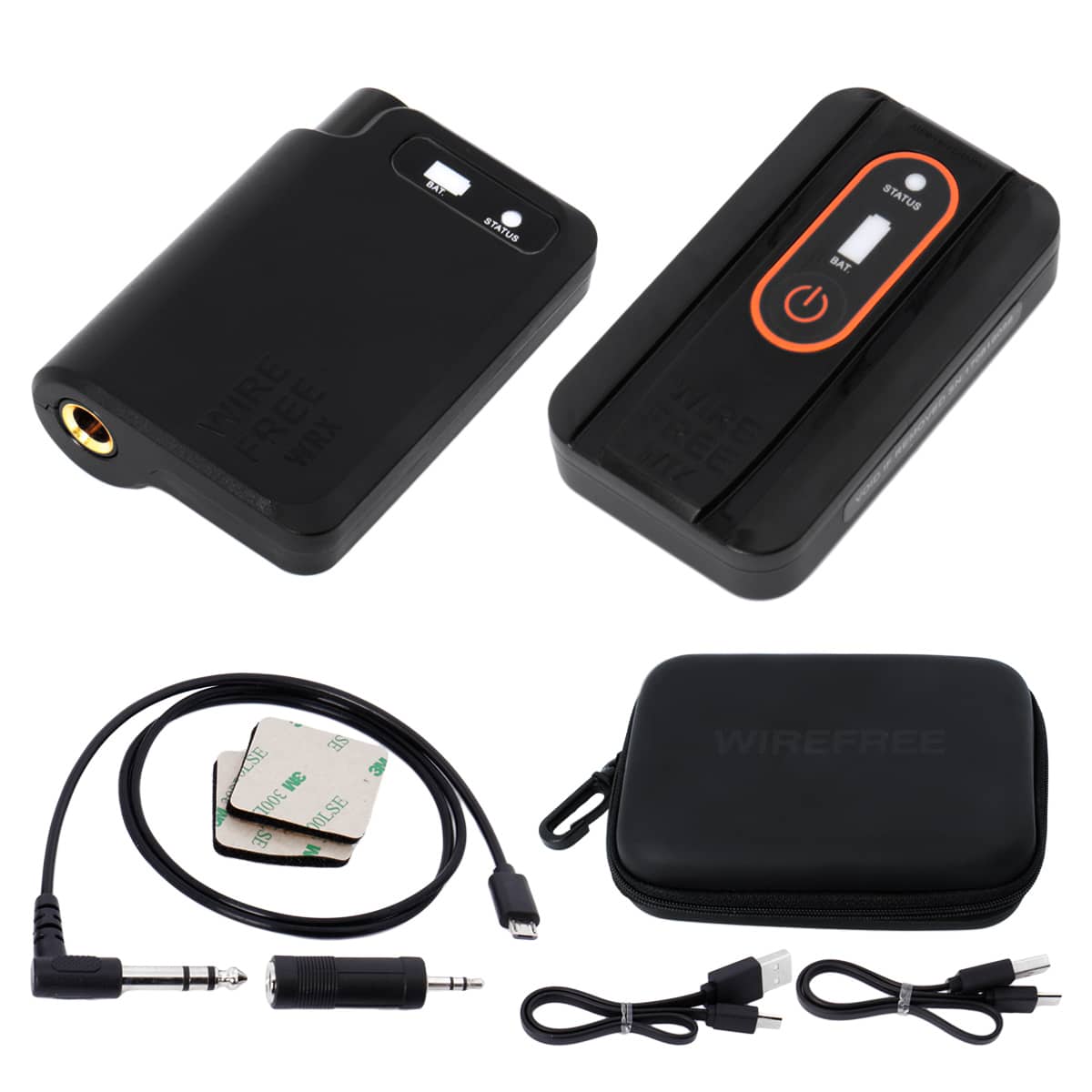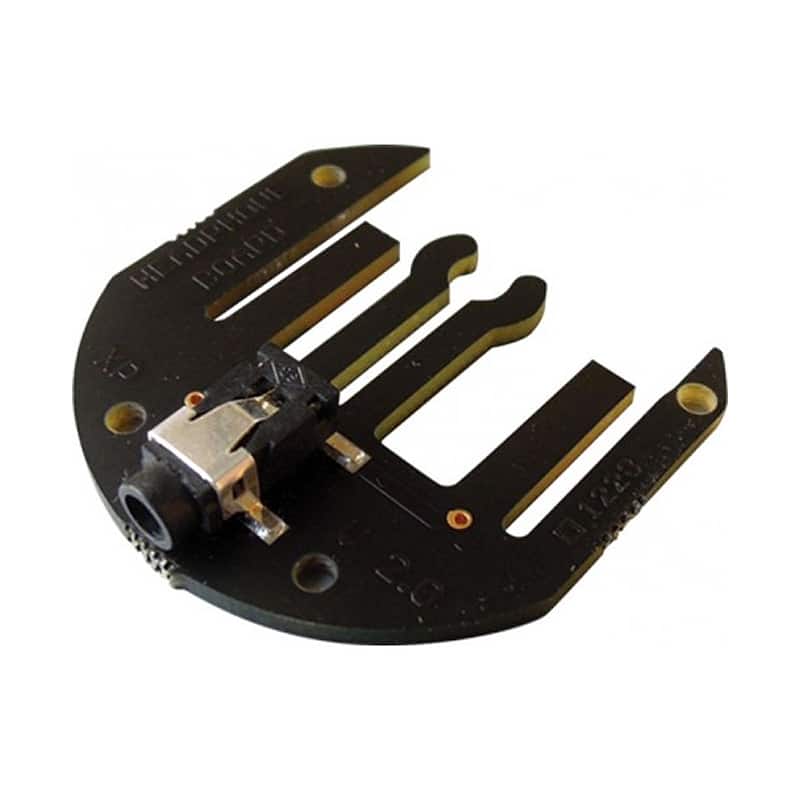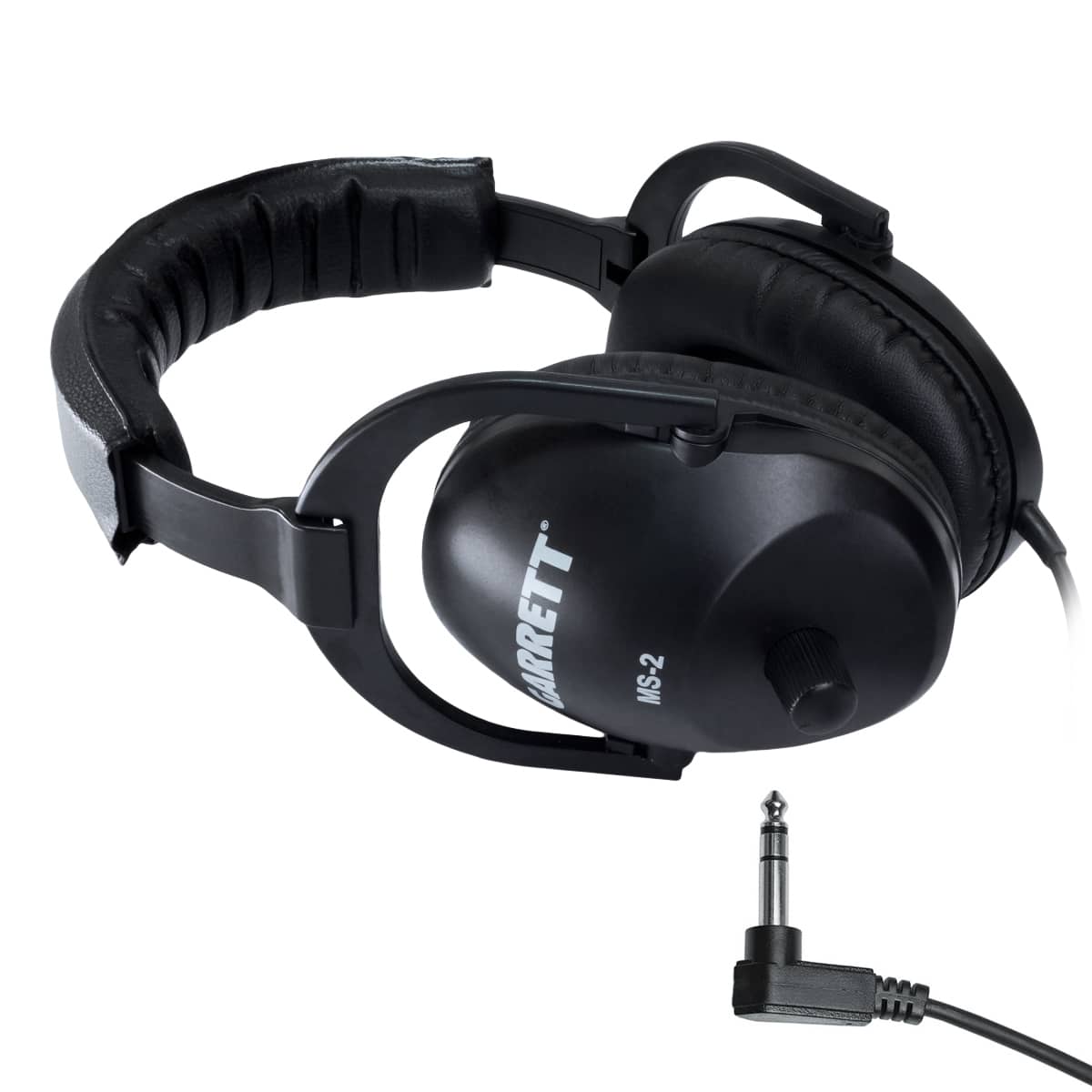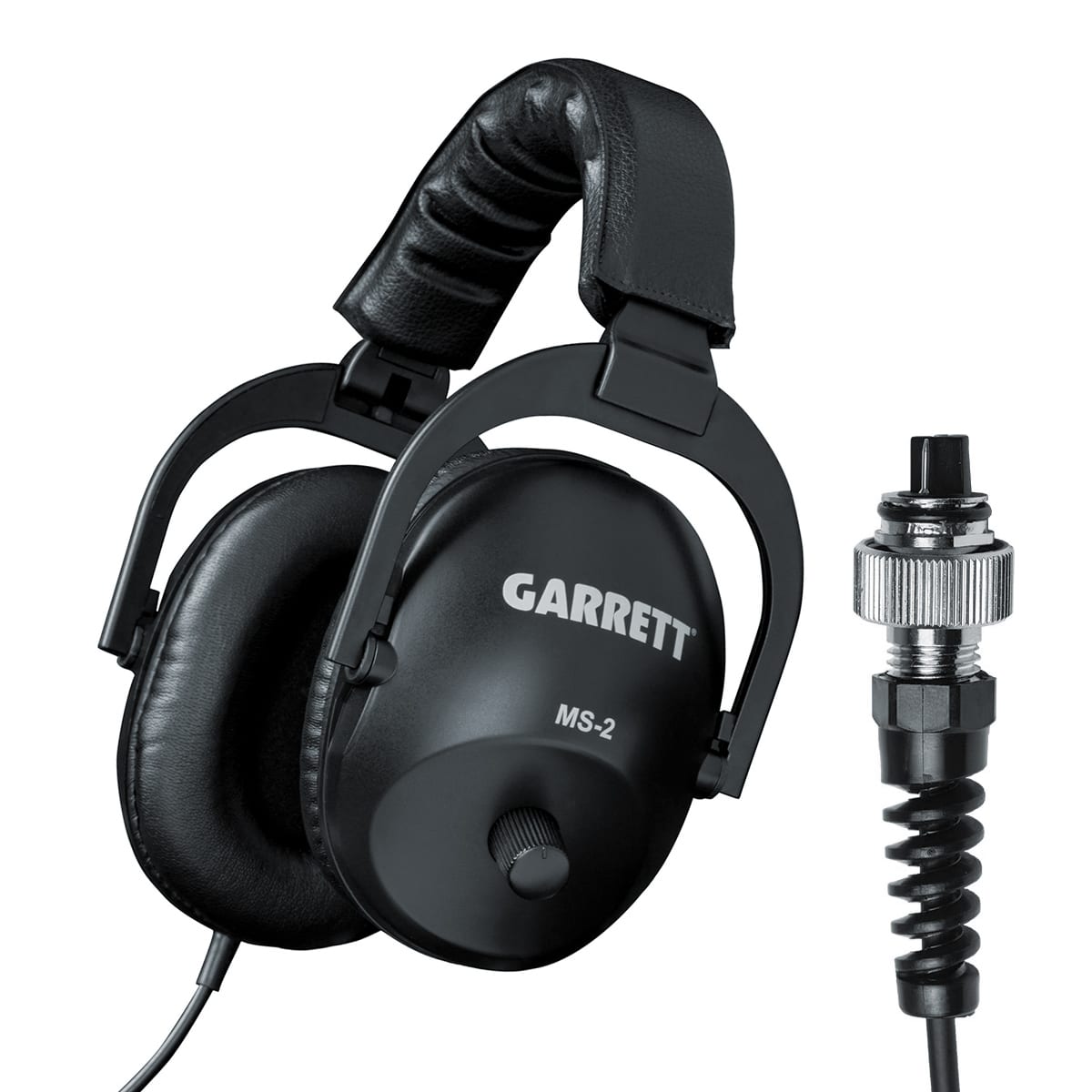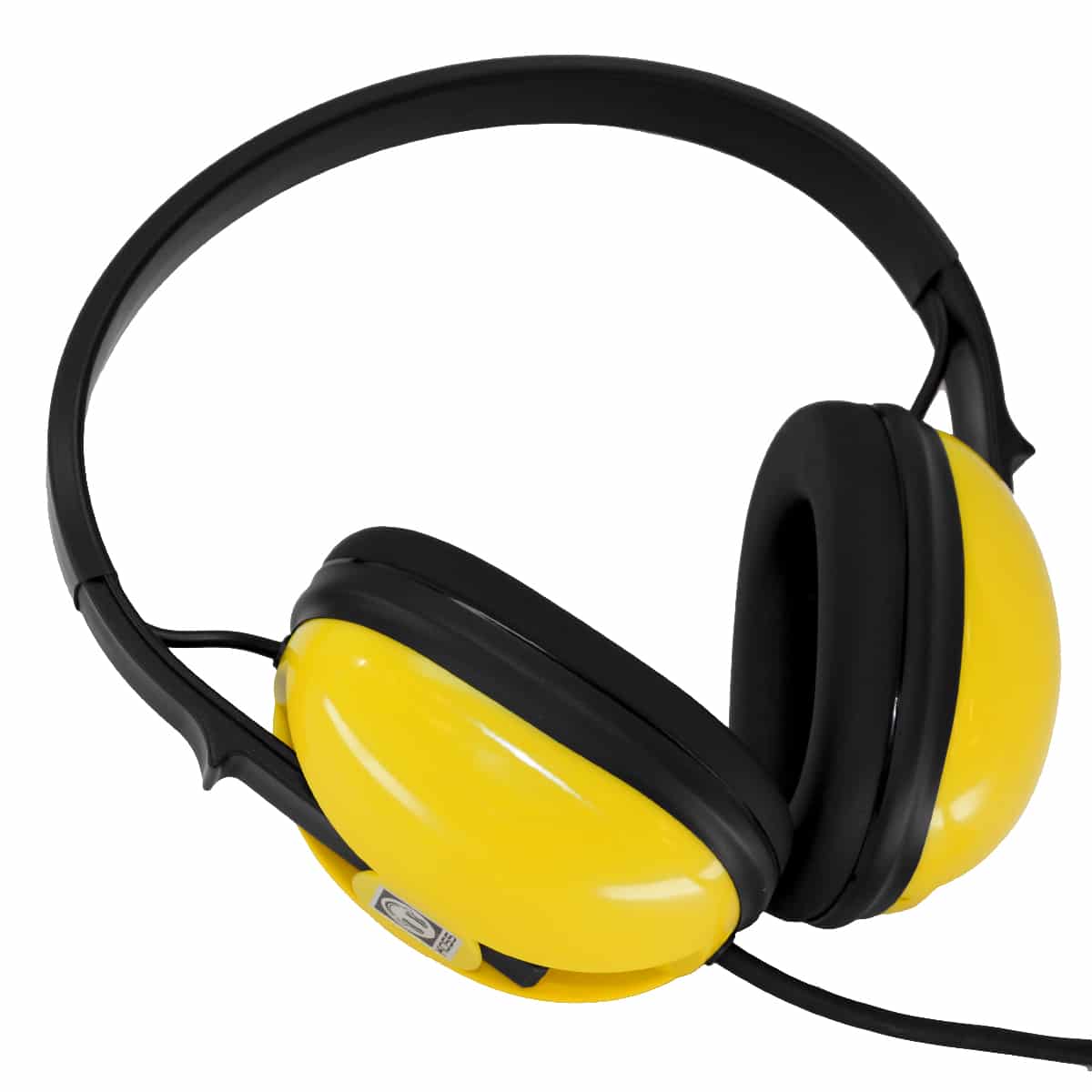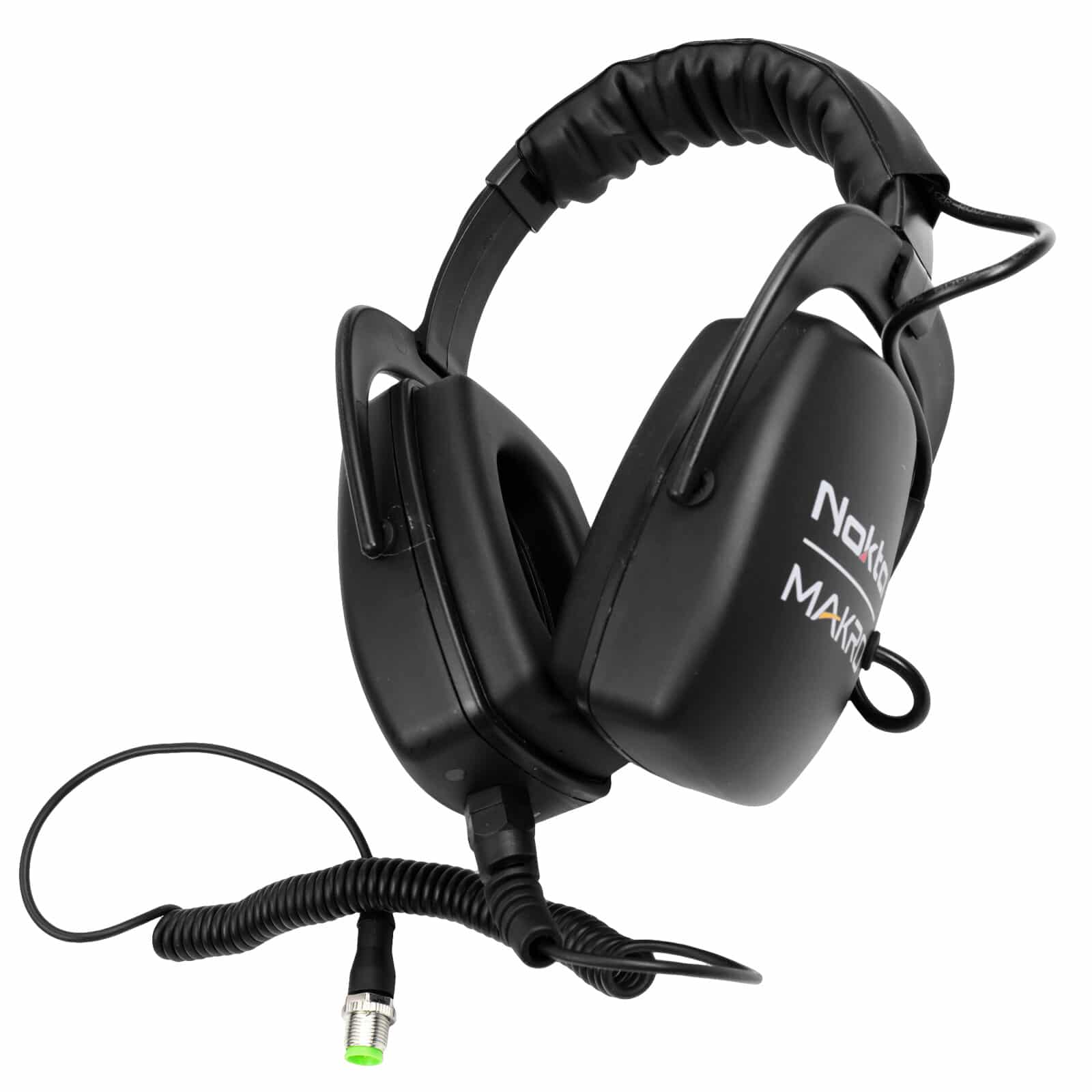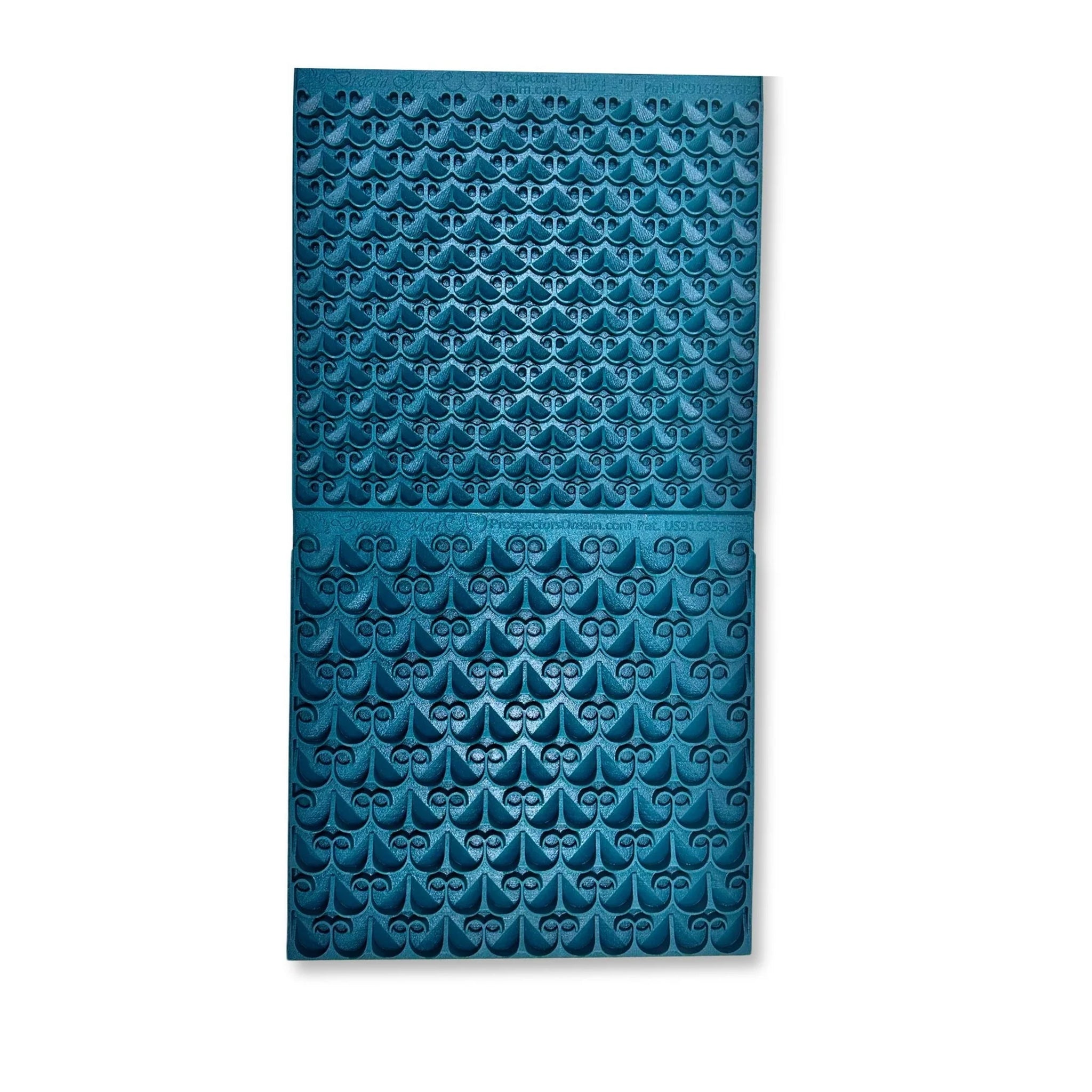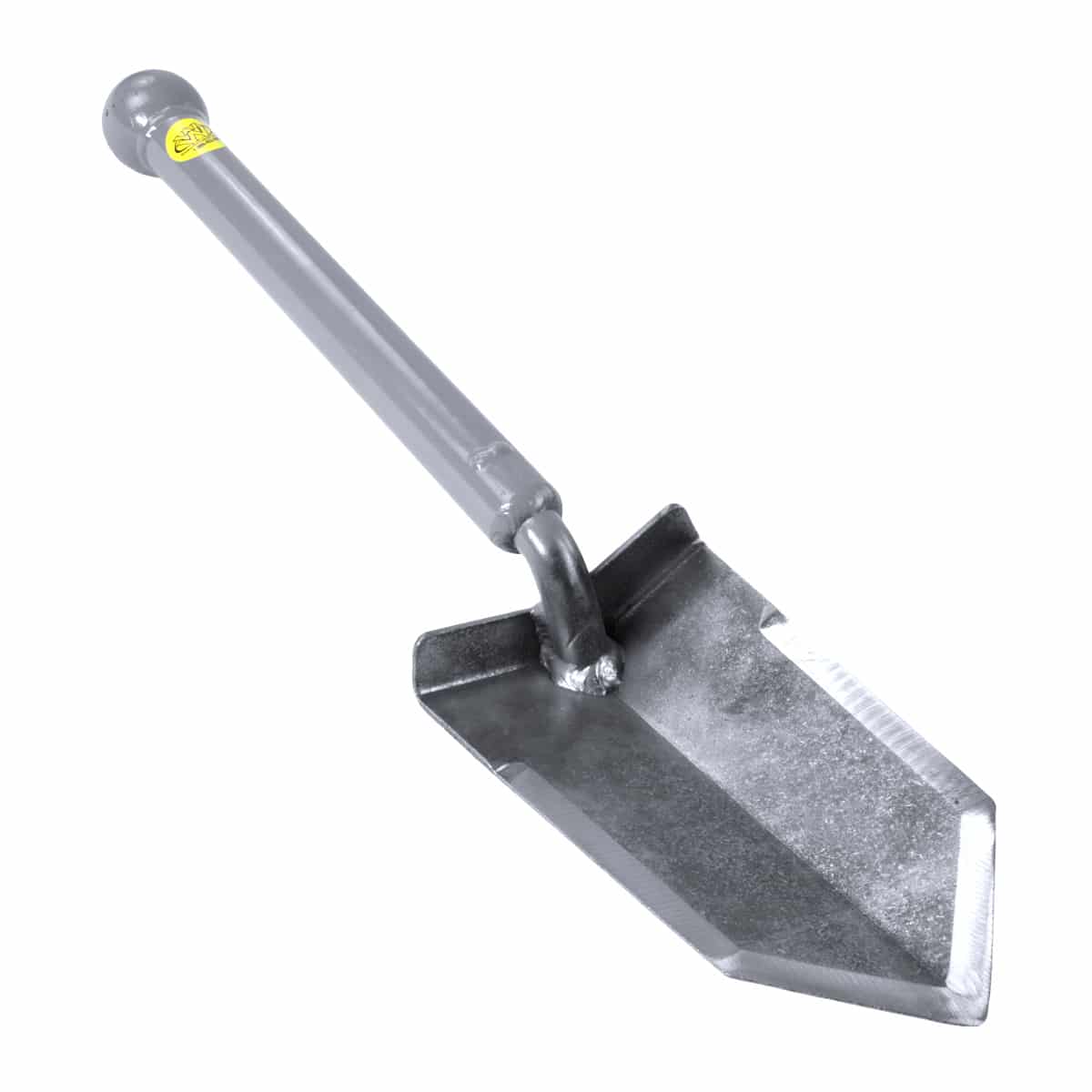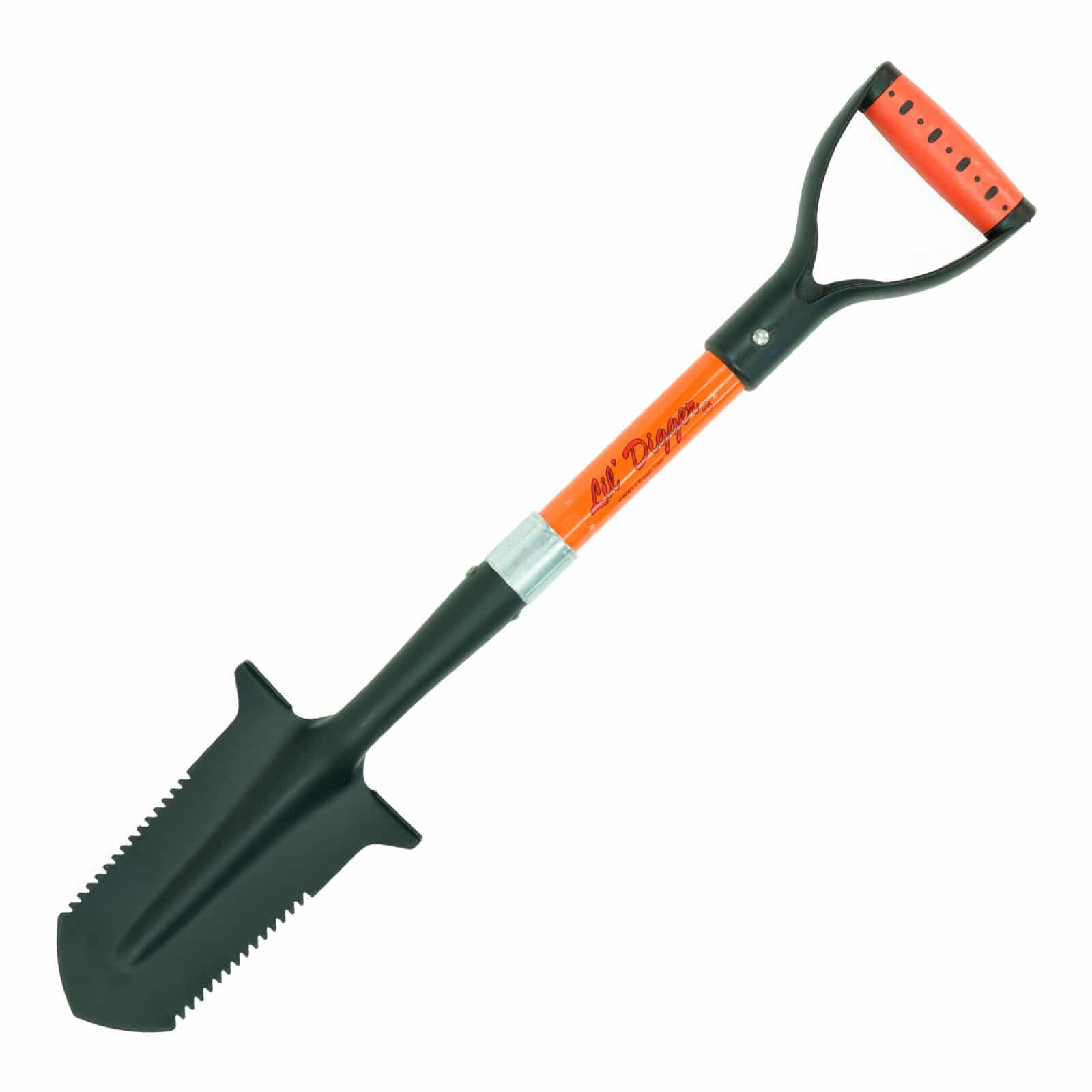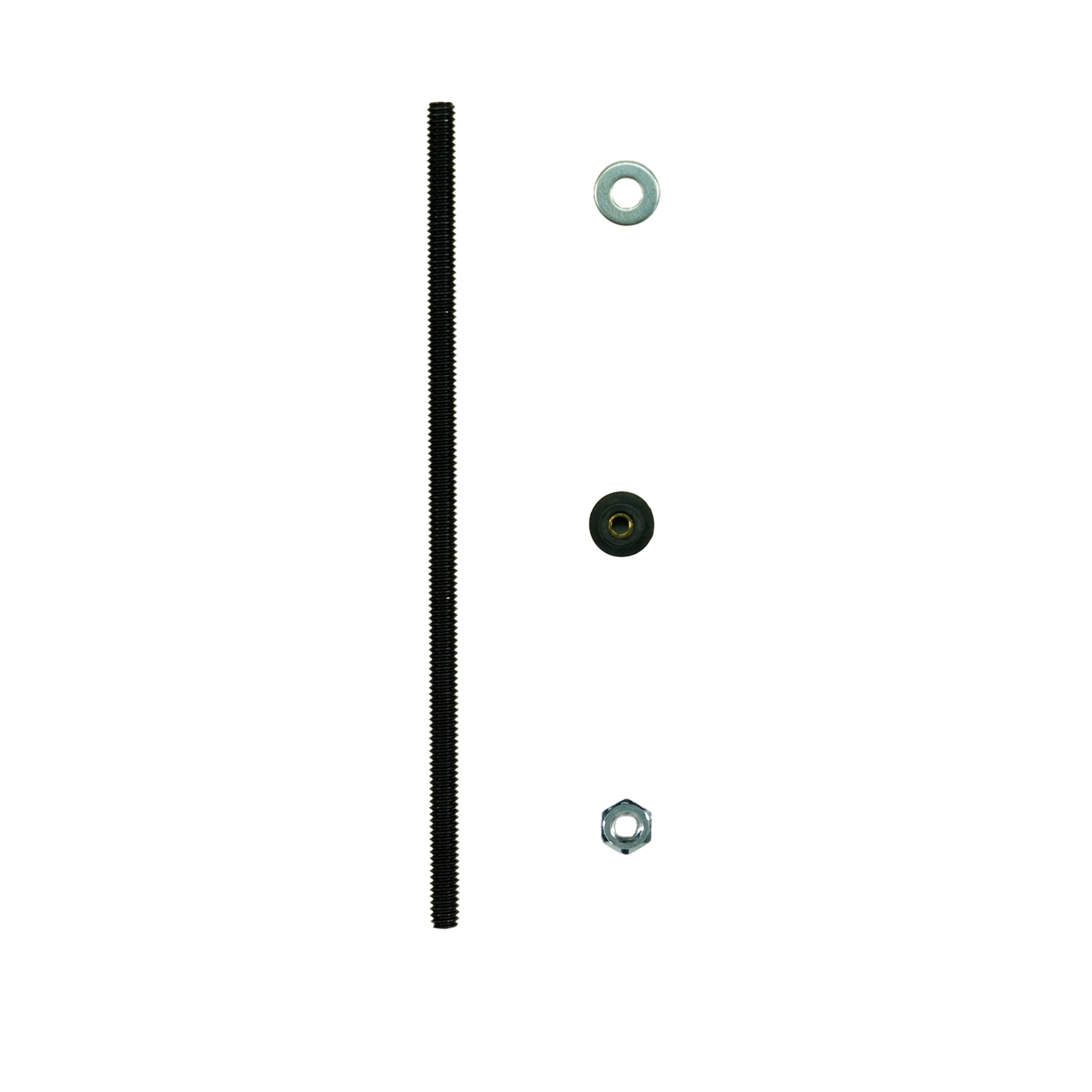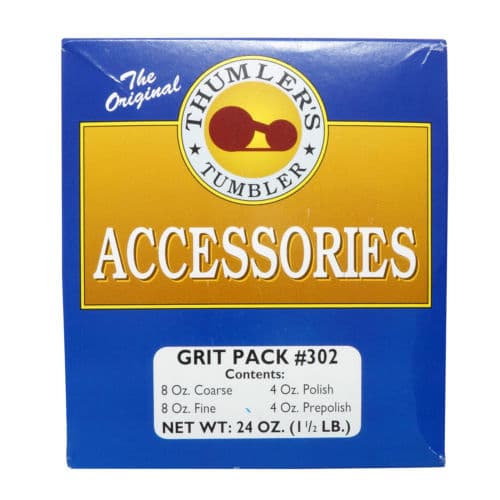PINPOINTING PRECISION: When to Use a PinPointer
At Serious Detecting, we frequently get asked the question “Why did my metal detector come with a PinPointer?” A Pinpointer is a metal detecting device used for specifying the location of a hidden metal. The metal detector can find hidden metals in mineralized earth within its range - which we at Serious Detecting say the range of the coil is the same as the coil’s diameter. (i.e., an 8” coil will reach a depth of 8”)
So what happens when you’re looking for a delicate piece of treasure within those 8”? Like a piece of jewelry you don’t want damaged with a trowel? Or maybe a survey stake that you need to know the exact location of. In these cases, a PinPointer will be incredibly useful, because unlike the metal detector, its range is narrower and more focused.
How to Use a Pinpointer
Using a pinpointer is quite simple. After your metal detector signals a target in the ground, you can use the pinpointer to zero in on the exact location. First, dig a small hole or carefully lift the soil where the metal detector indicated the presence of an item. Next, turn on your pinpointer and scan the area around and inside the hole. Since the pinpointer emits a more concentrated signal, it helps to guide you to the precise spot where your treasure is buried. Most pinpointers will start vibrating or beeping as you get closer to the object, allowing for careful extraction without damaging delicate finds like coins, relics, or jewelry.
Benefits of Using a Pinpointer Alongside a Metal Detector
While a metal detector gives you the general area of a target, using a pinpointer alongside it brings added precision and efficiency. Here are some key benefits:
- Faster Recovery Time: Instead of digging large holes or taking multiple attempts to locate a target, the pinpointer drastically speeds up the recovery process by pinpointing the object’s exact position.
- Avoiding Damage to Finds: When dealing with small or fragile items, a shovel or trowel can potentially damage them. A pinpointer reduces the risk of hitting or scratching delicate items during excavation.
- Minimizes Ground Disturbance: Using a pinpointer allows you to dig smaller, more precise holes, reducing the impact on the environment and leaving the area cleaner.
- Works in Tight Spaces: If you’re hunting in difficult-to-reach areas such as crevices, under rocks, or among roots, a pinpointer is perfect for accessing tight spaces where a standard detector coil wouldn’t fit.
Pinpointer Comparison Table
| Pinpointer | Features | Water Resistance |
|---|---|---|
| Nokta AccuPoint | Bluetooth connectivity - wireless audio optional | Waterproof to 10 ft |
| Nokta PulseDive | Includes extra cap for land and water use, LED Flashlight, Dive mode, lost alarm | Waterproof to 200 ft |
| Garrett Pro AT | Scraping edge for searching soil, pinpointing tip, 360° detection area | Waterproof to 10 ft |
| XP Waterproof PinPointer | Long battery life - up to 90 hours, research mode accessed via Deus V4 | Waterproof to 20 ft |
| Quest XPointer | Built-in 1000mAh Li-Po rechargeable battery, 14 hours with full charge, 50 levels of sensitivity | Waterproof to 16 ft |
| Minelab Pro-Find | Sensitivity: Adjustable (5 levels), rapid re-tune - on-demand calibration | Waterproof to 10 ft |
| Teknetics Tek-Point | Lost mode alarm, easy-to-use single button operation, 3 sensitivity levels (high, medium, and low) | Waterproof to 6 ft |

